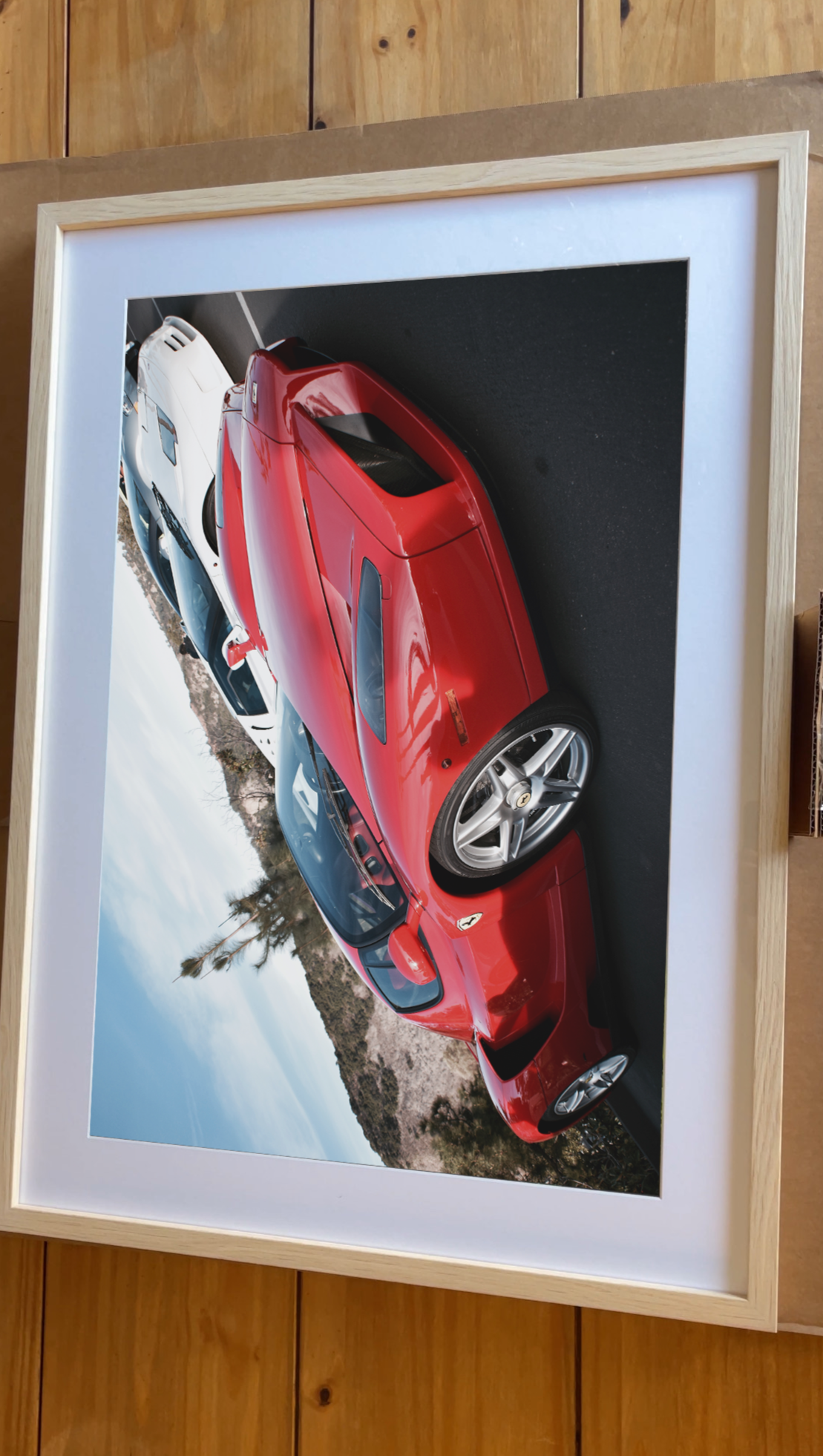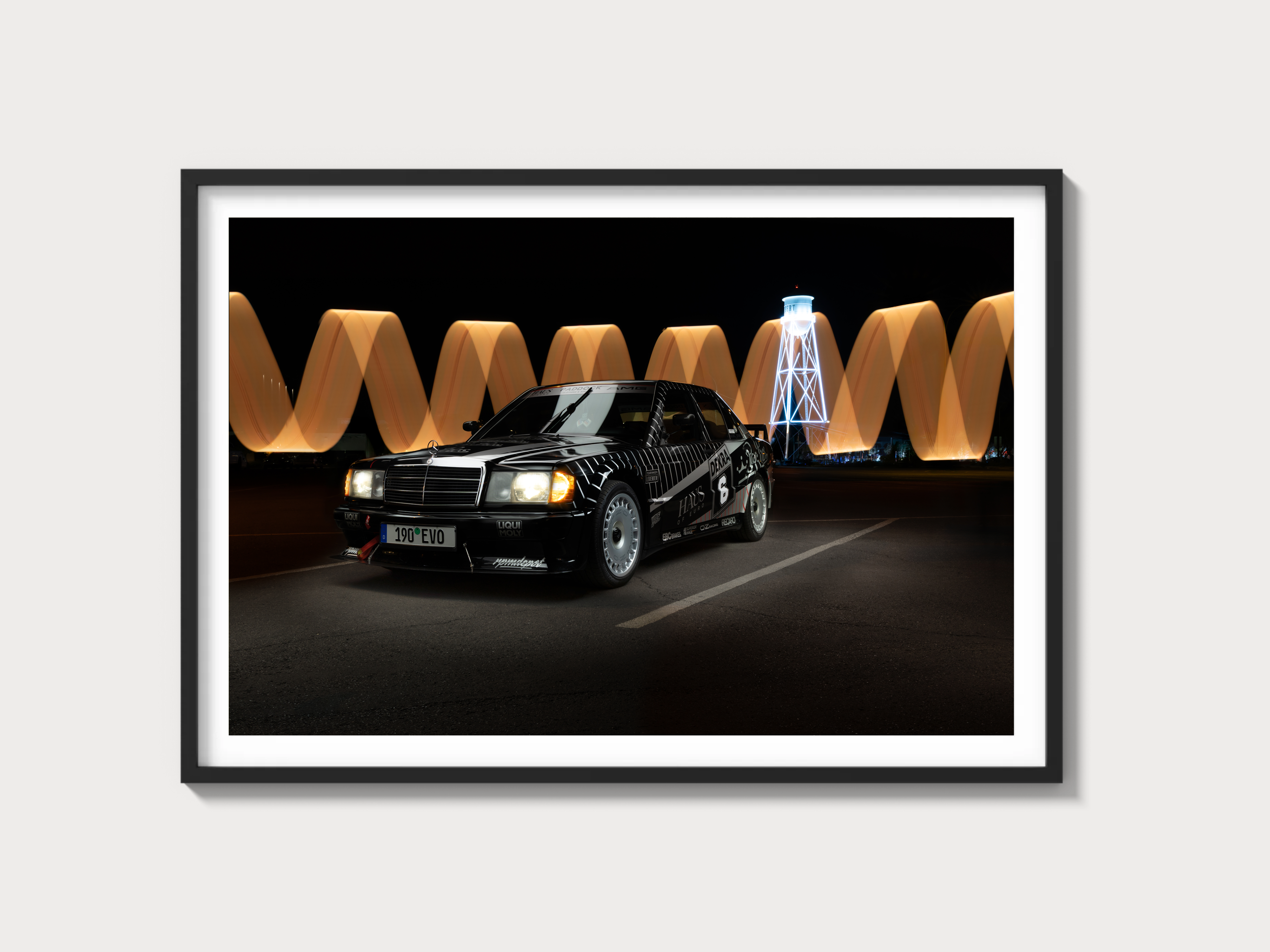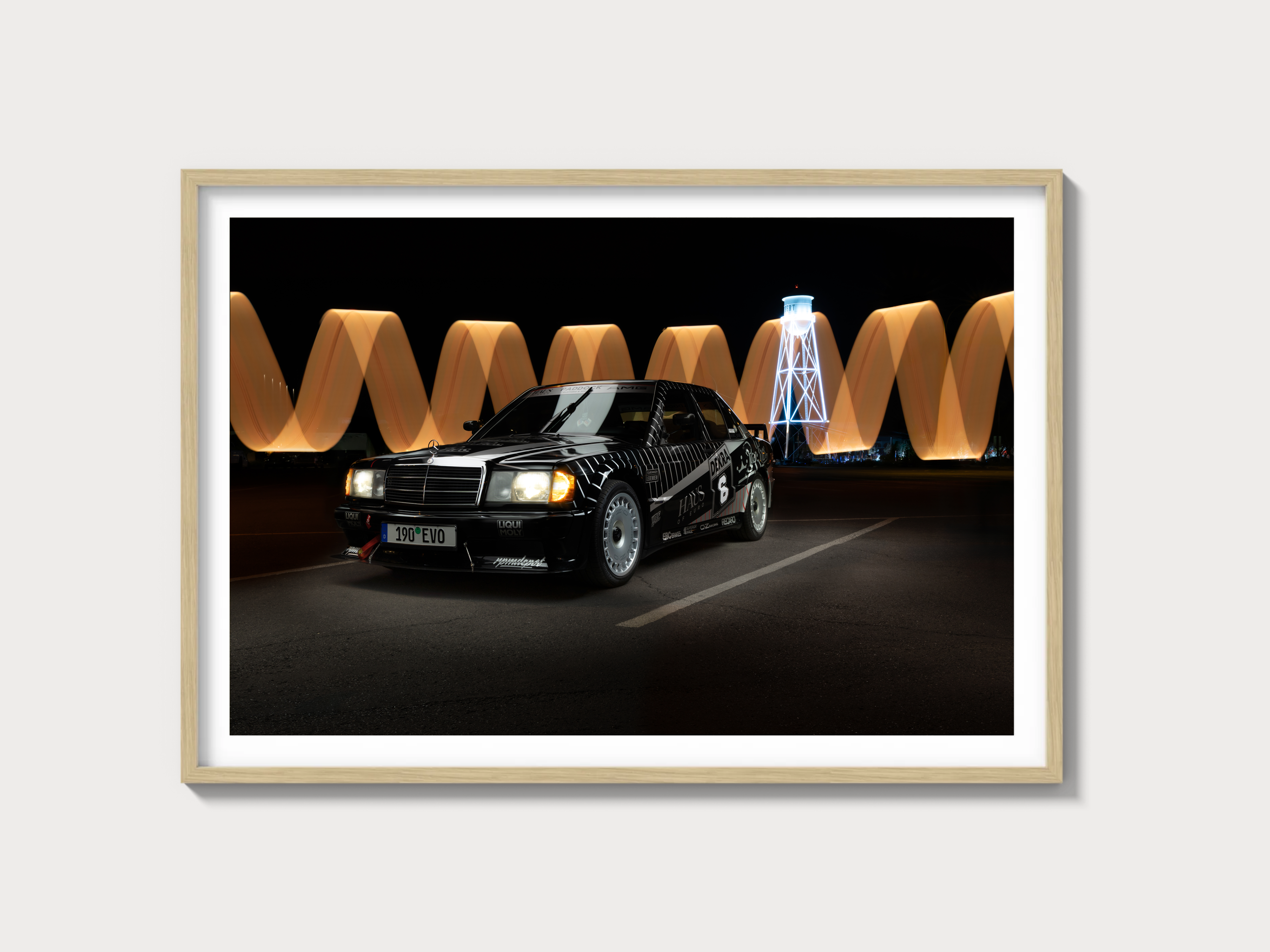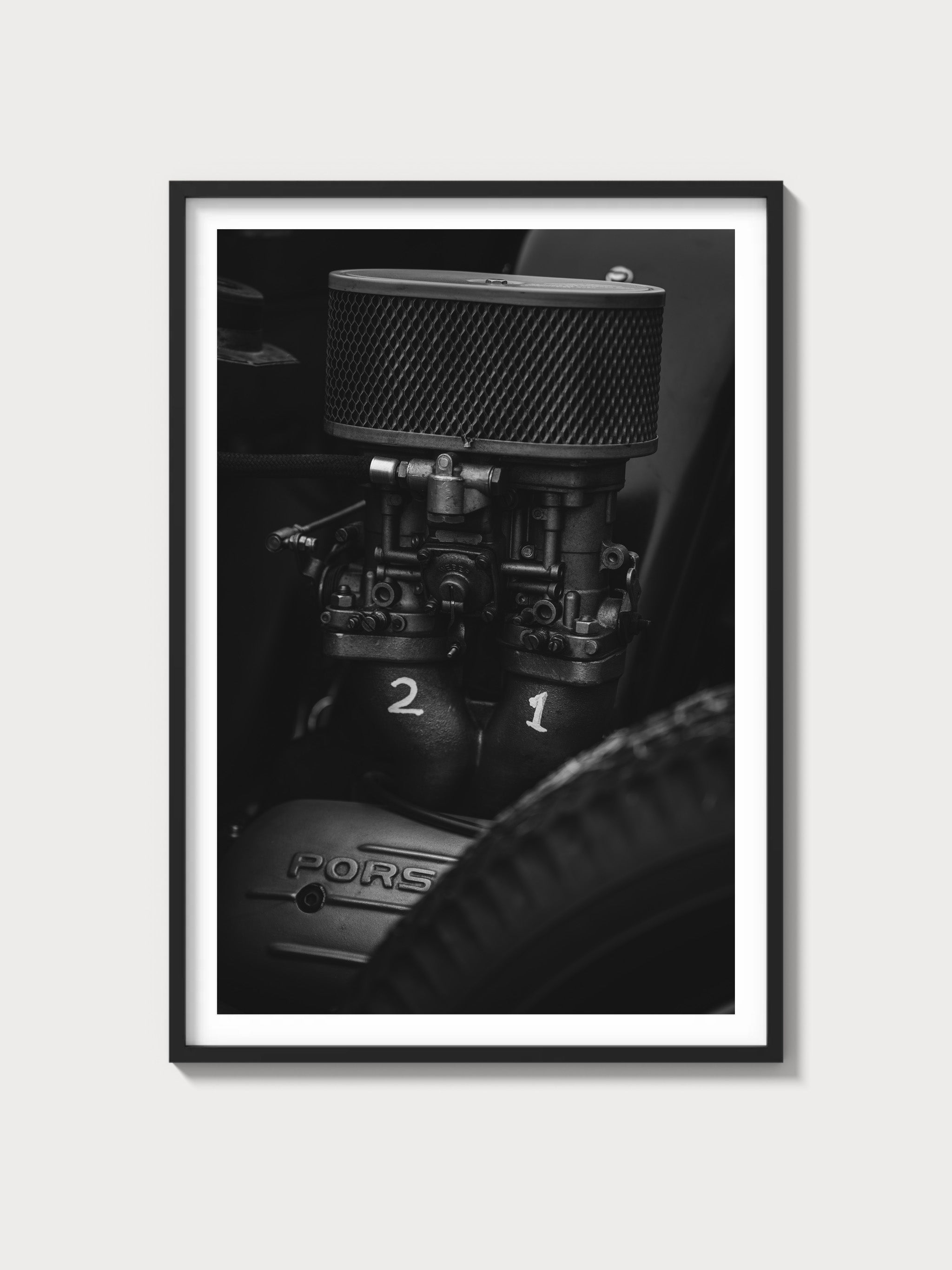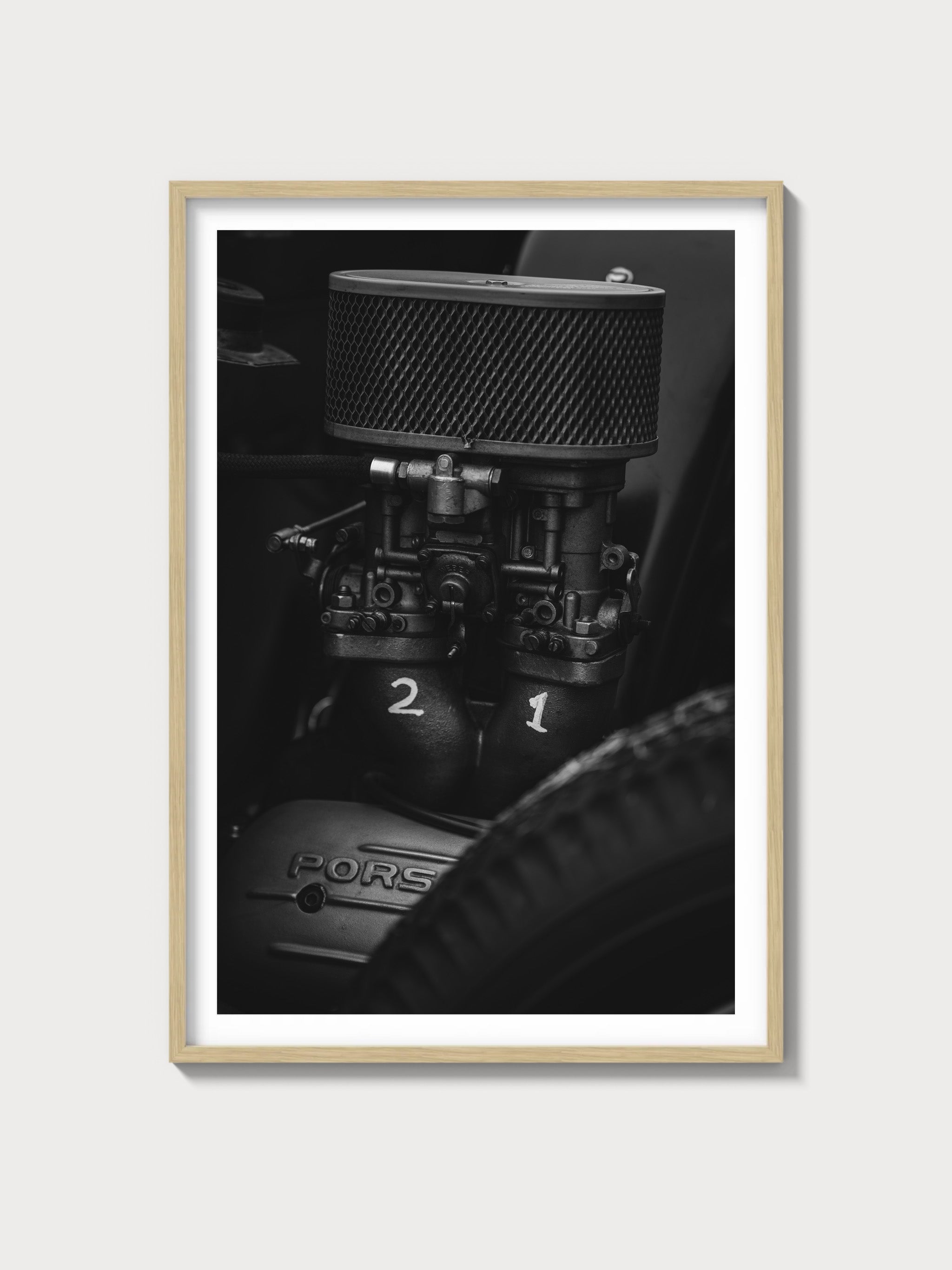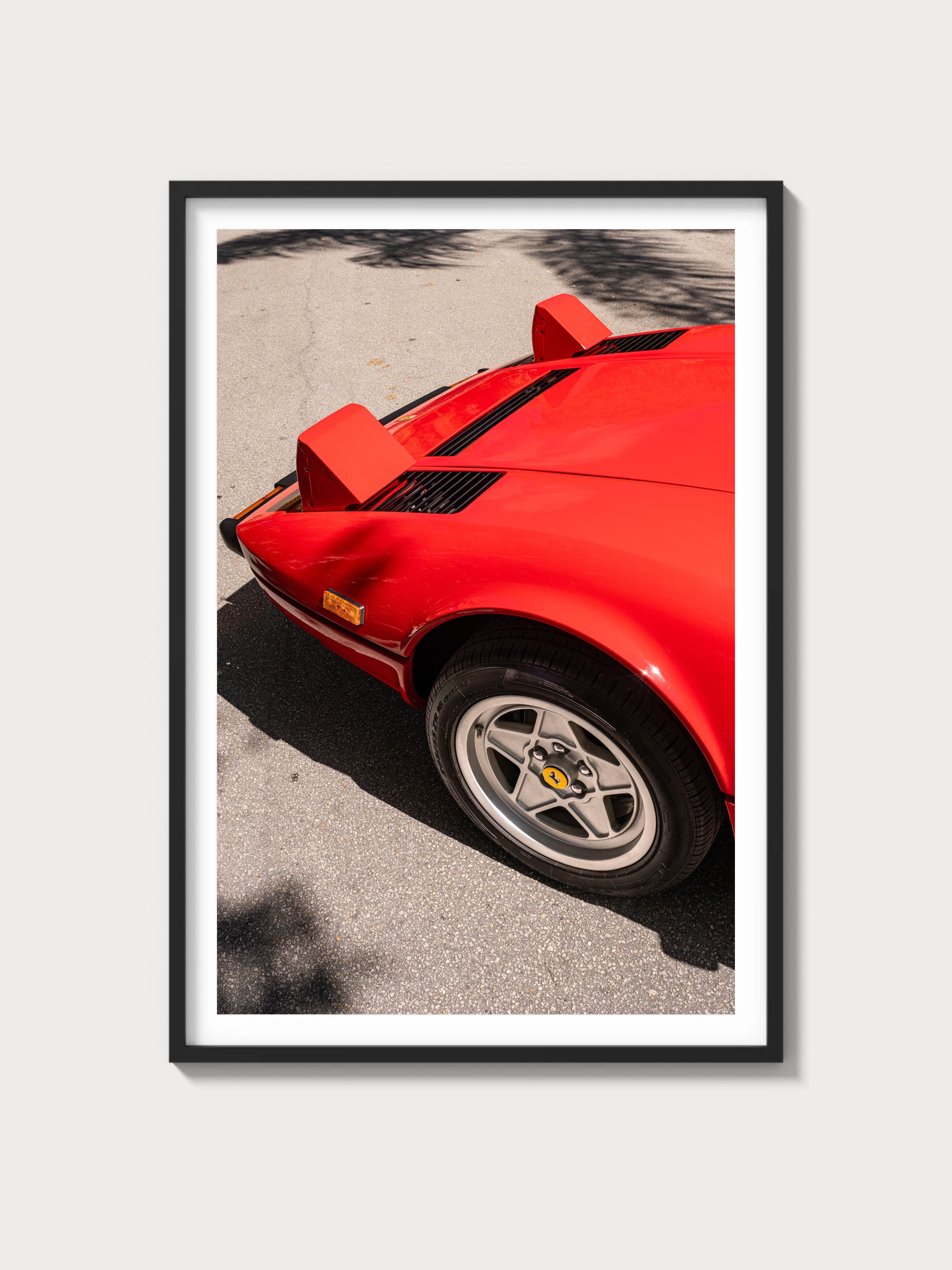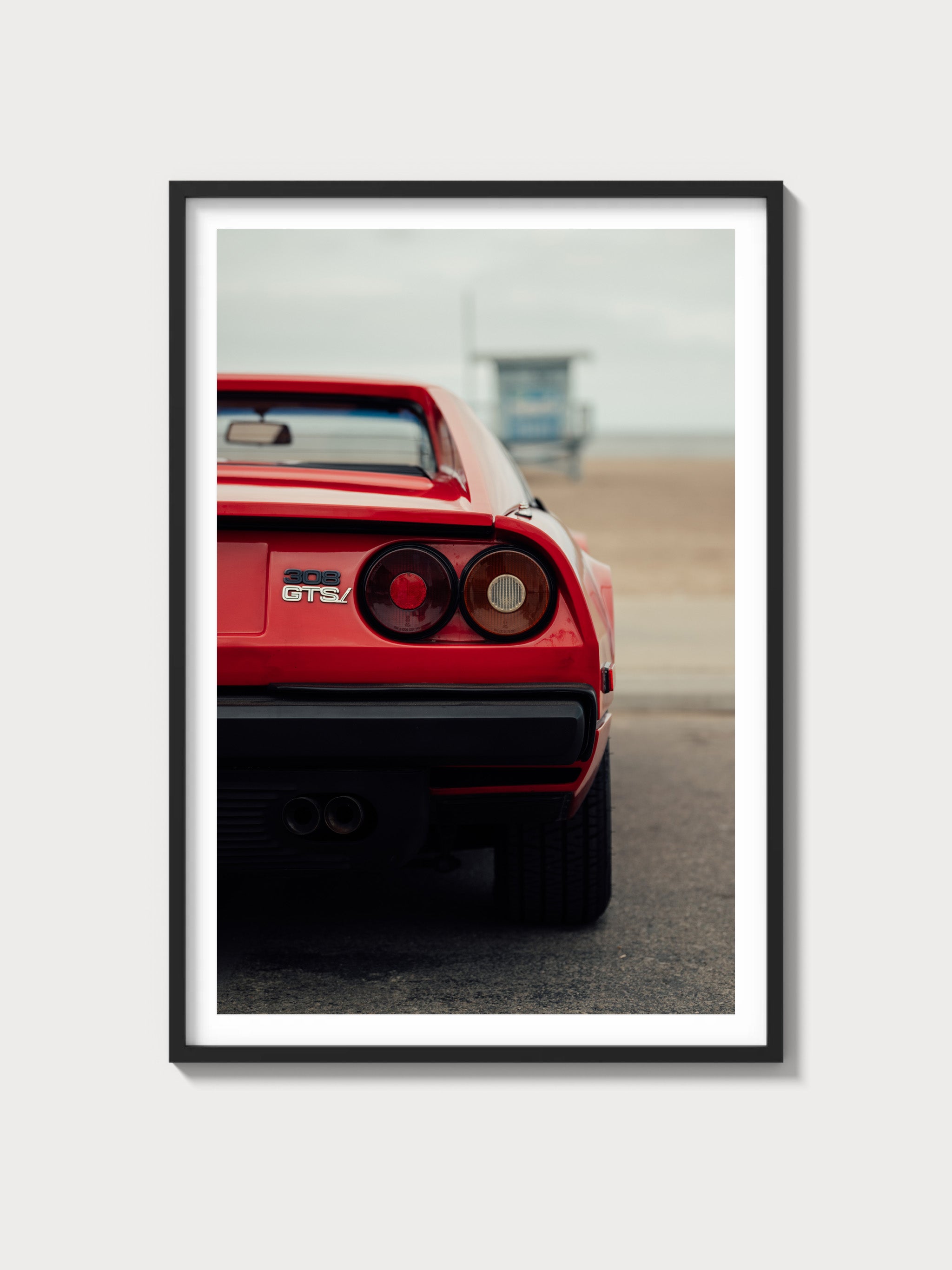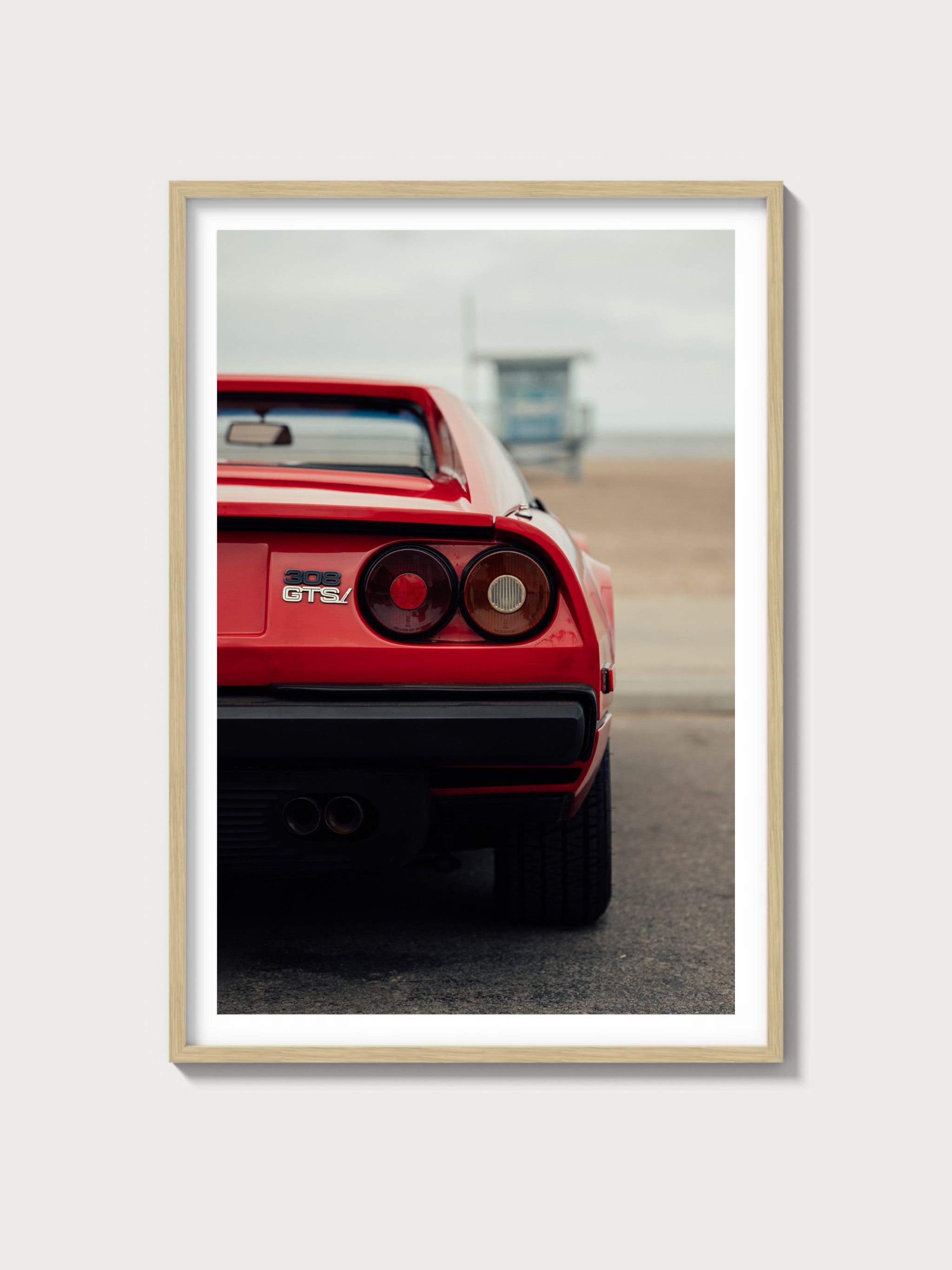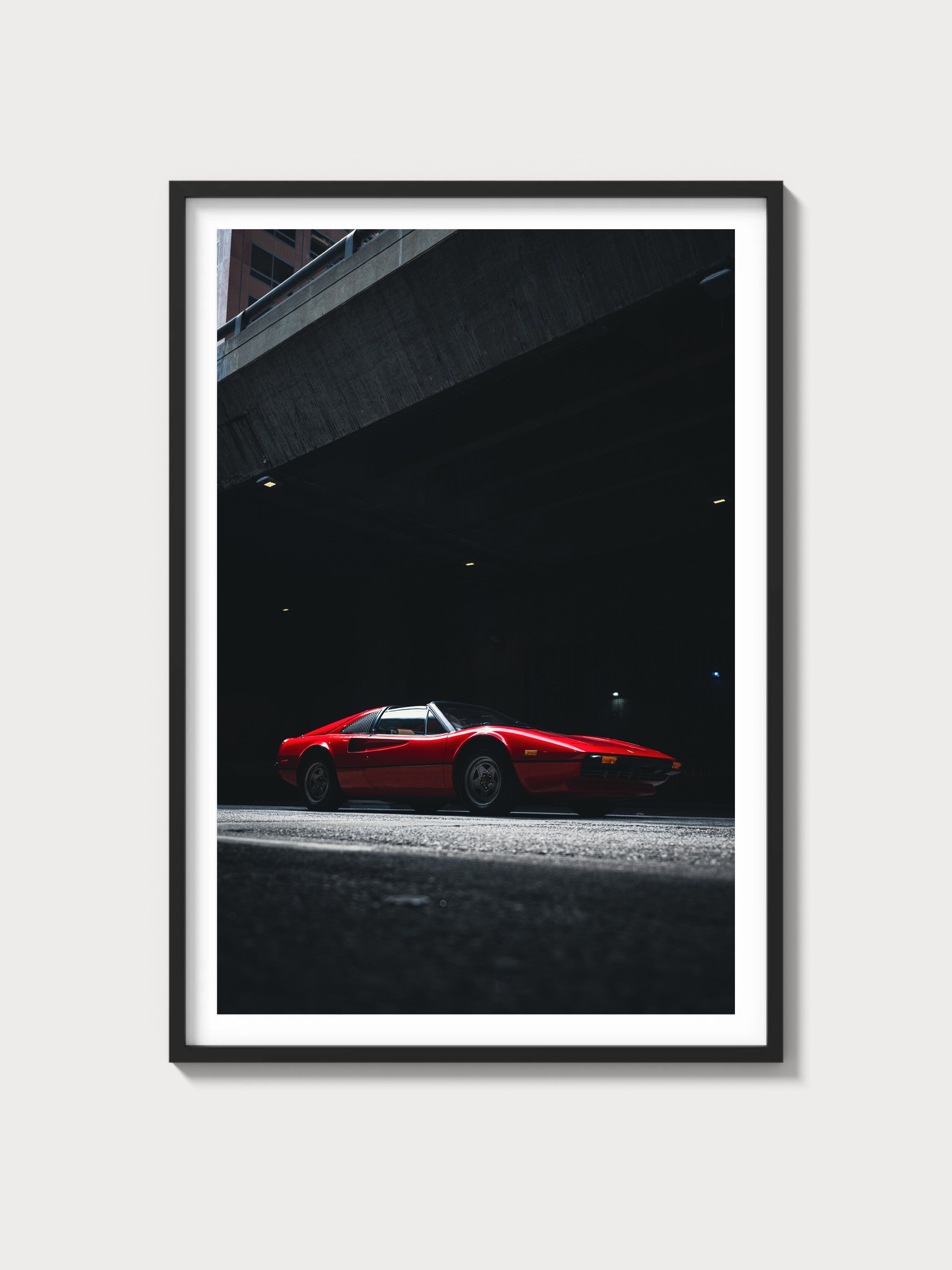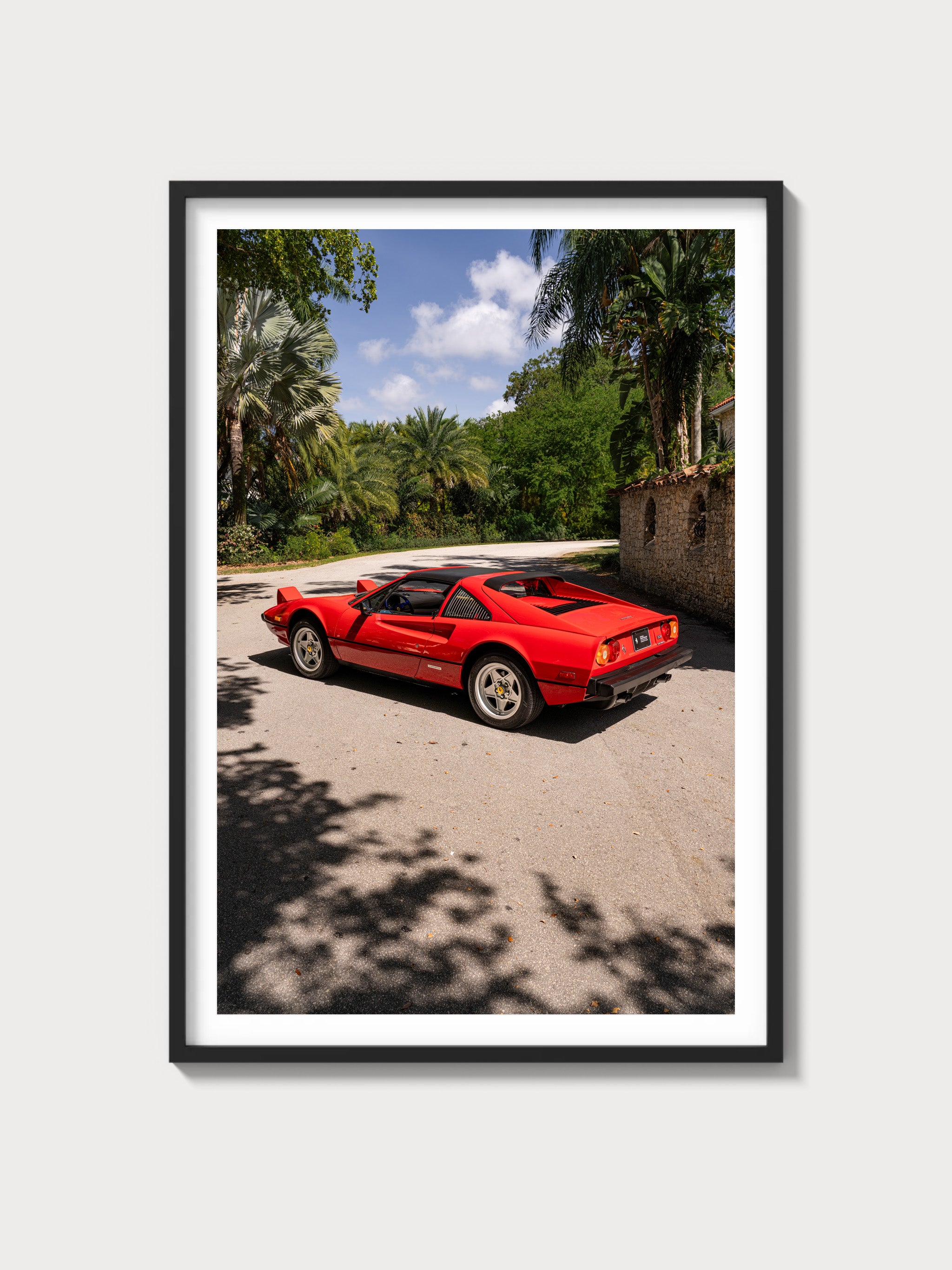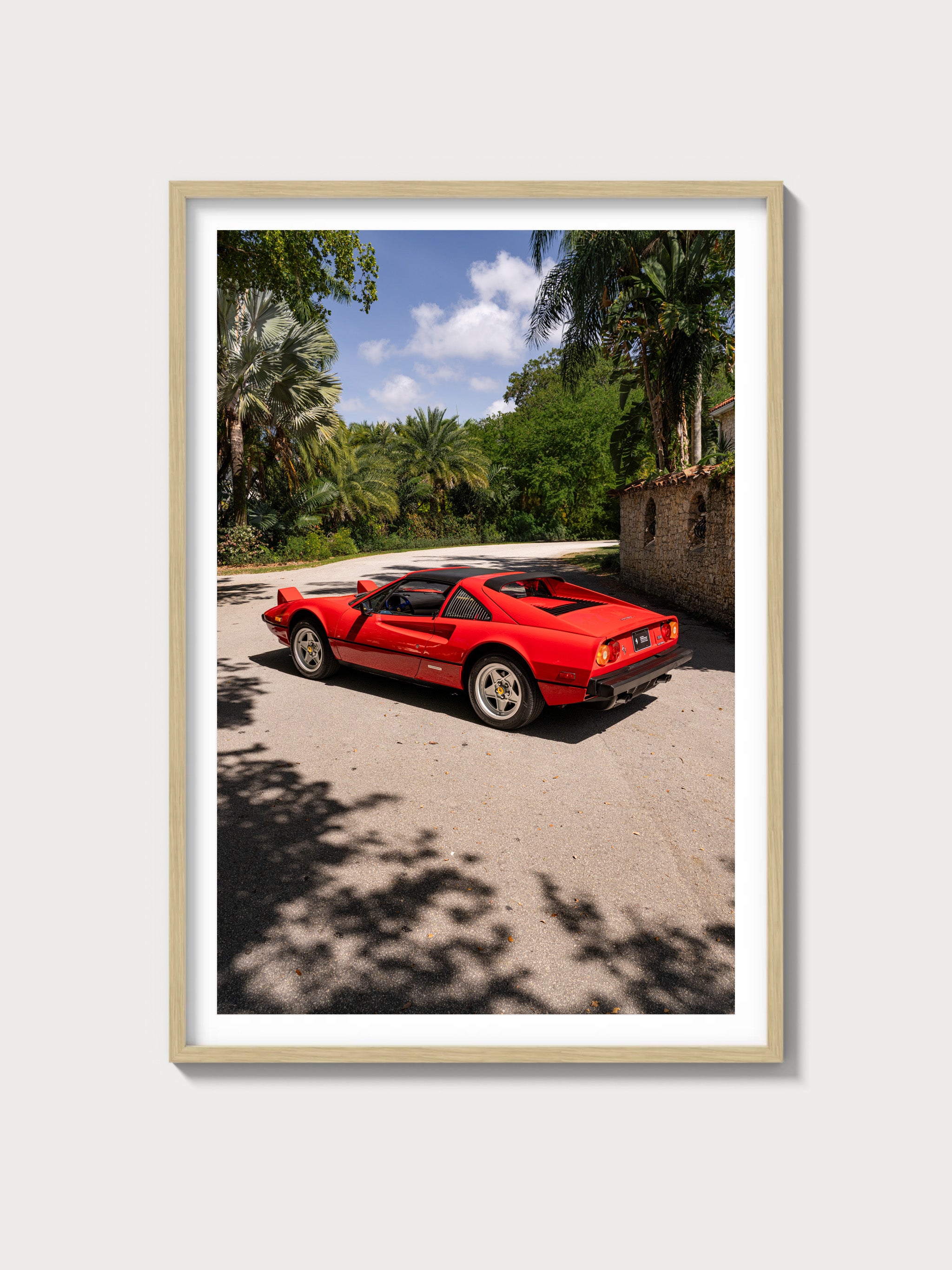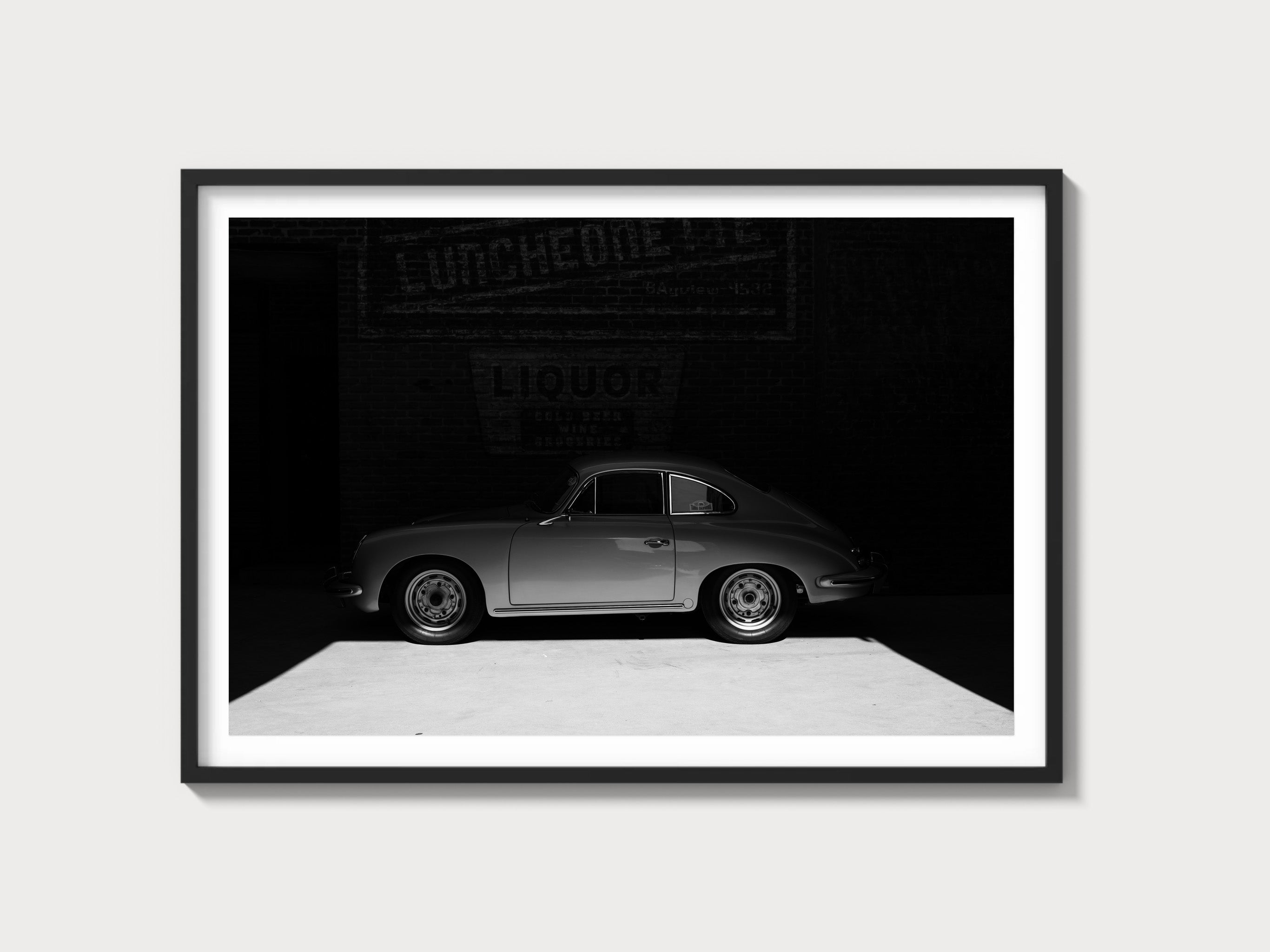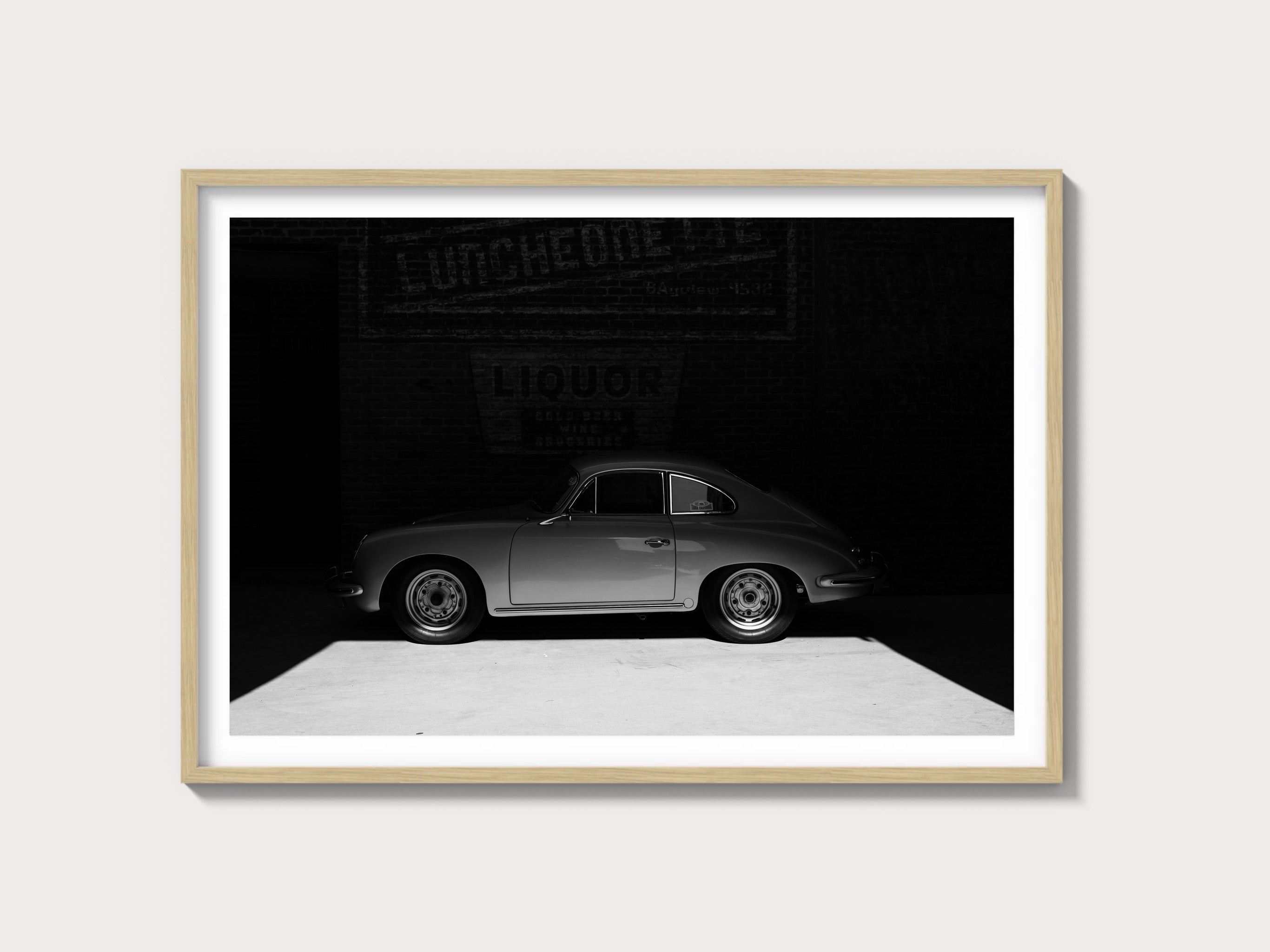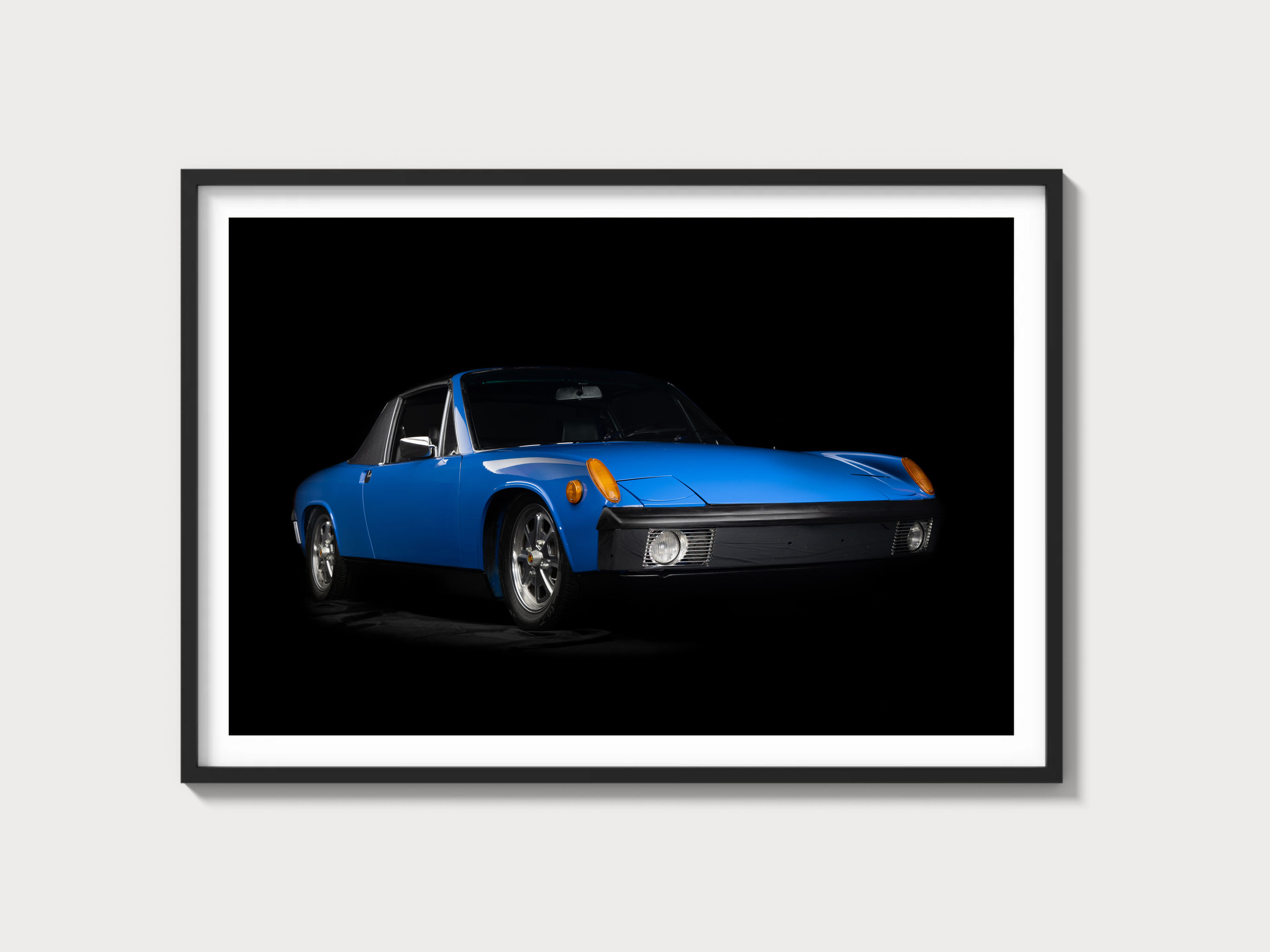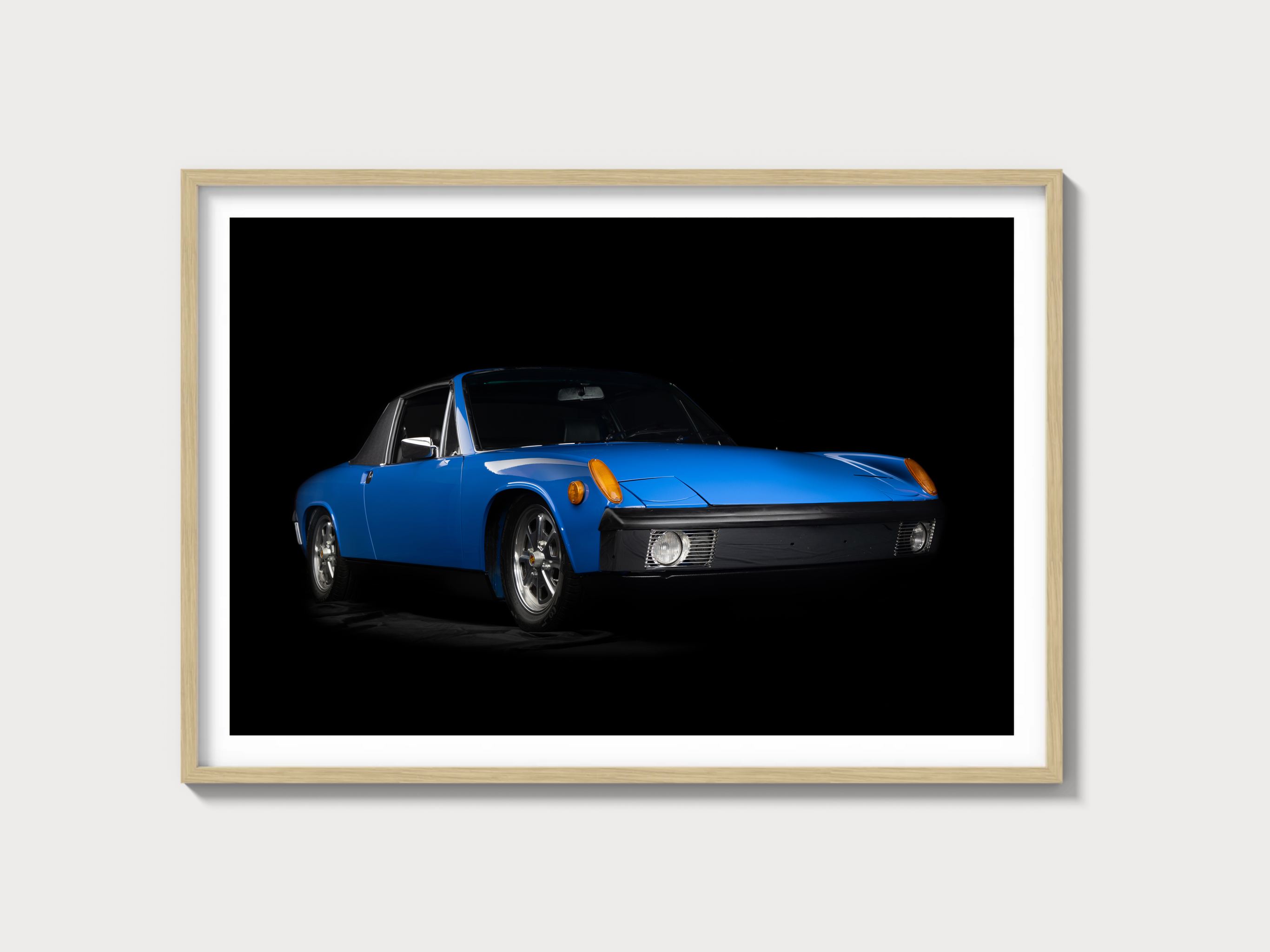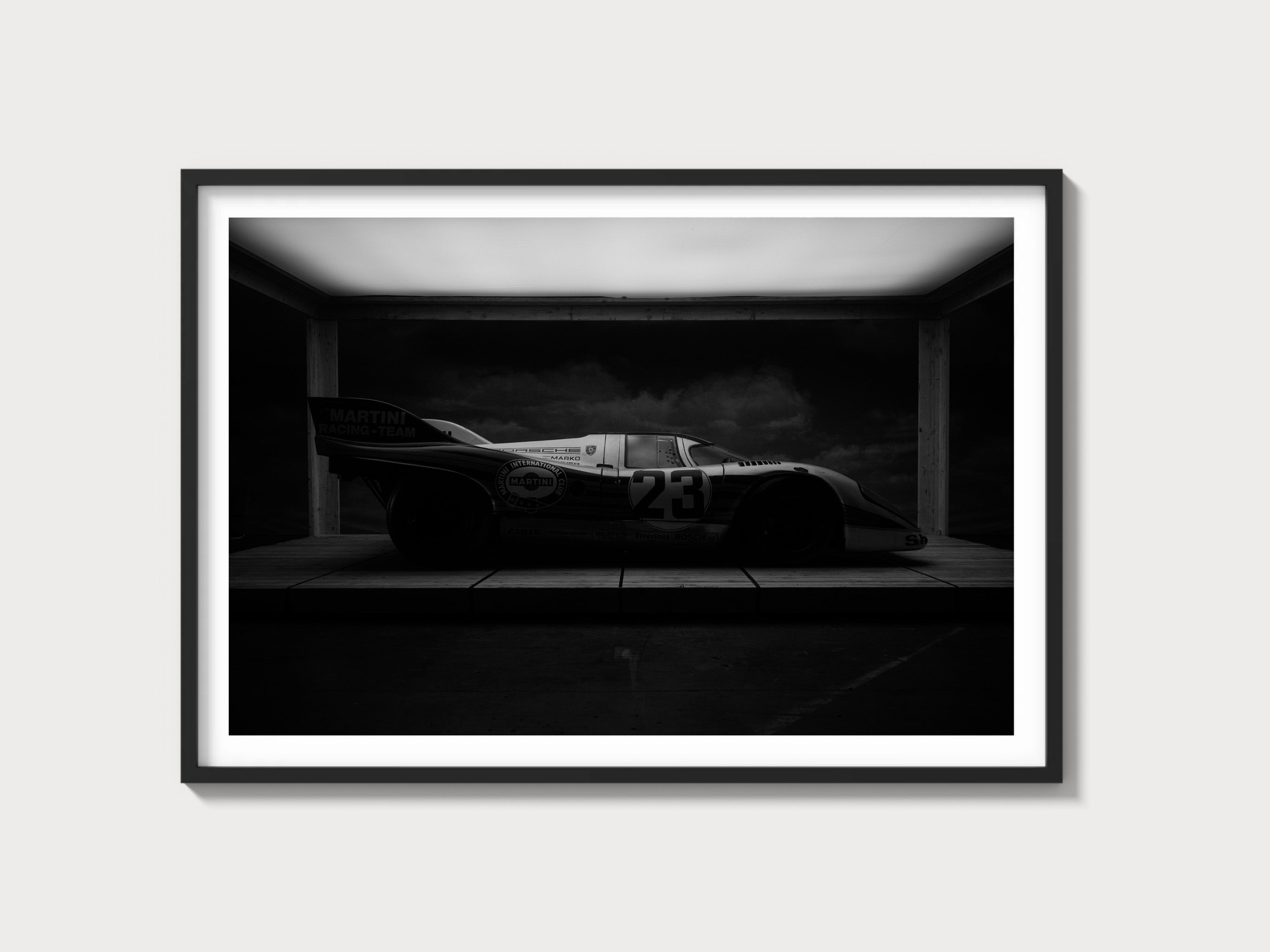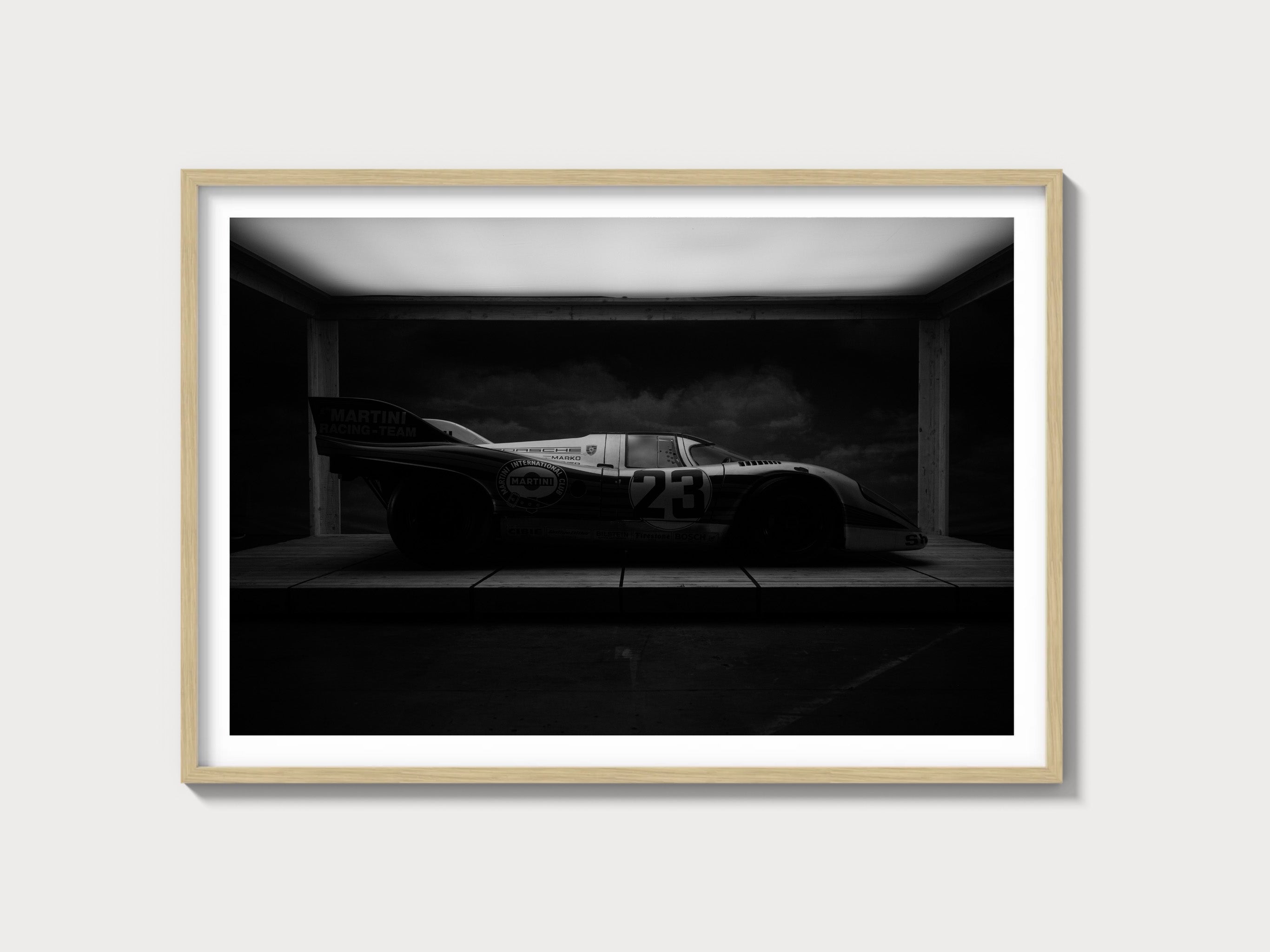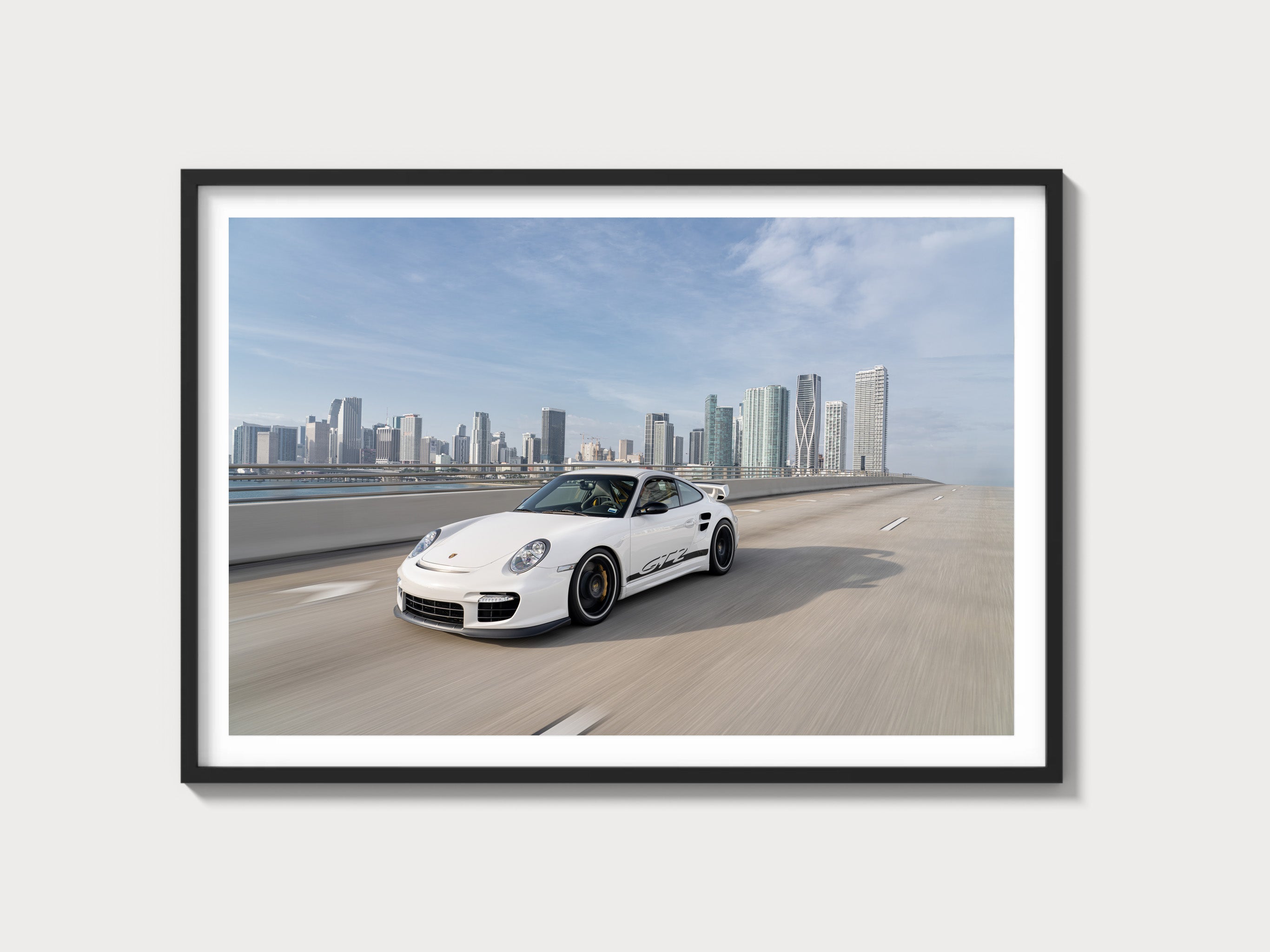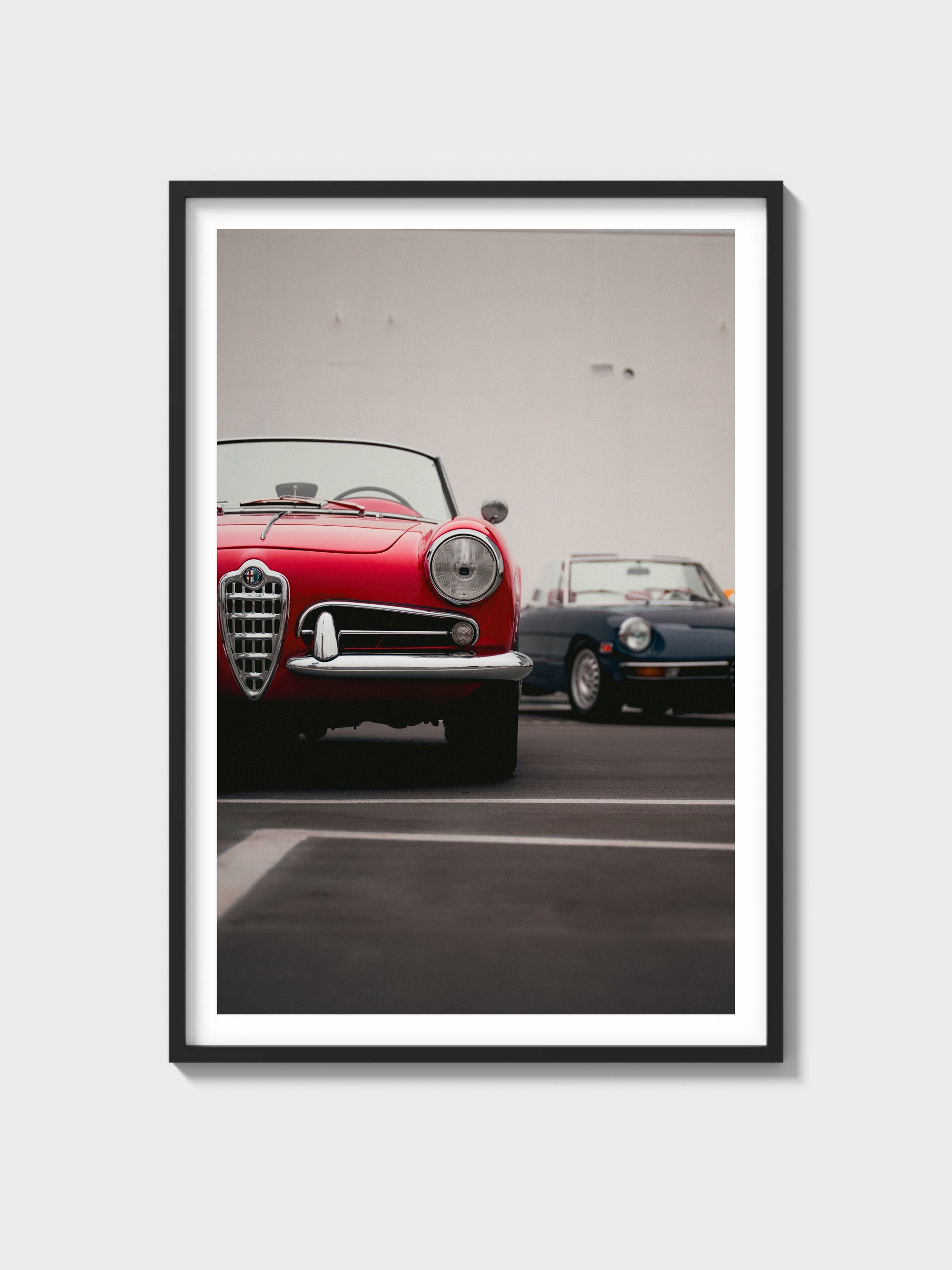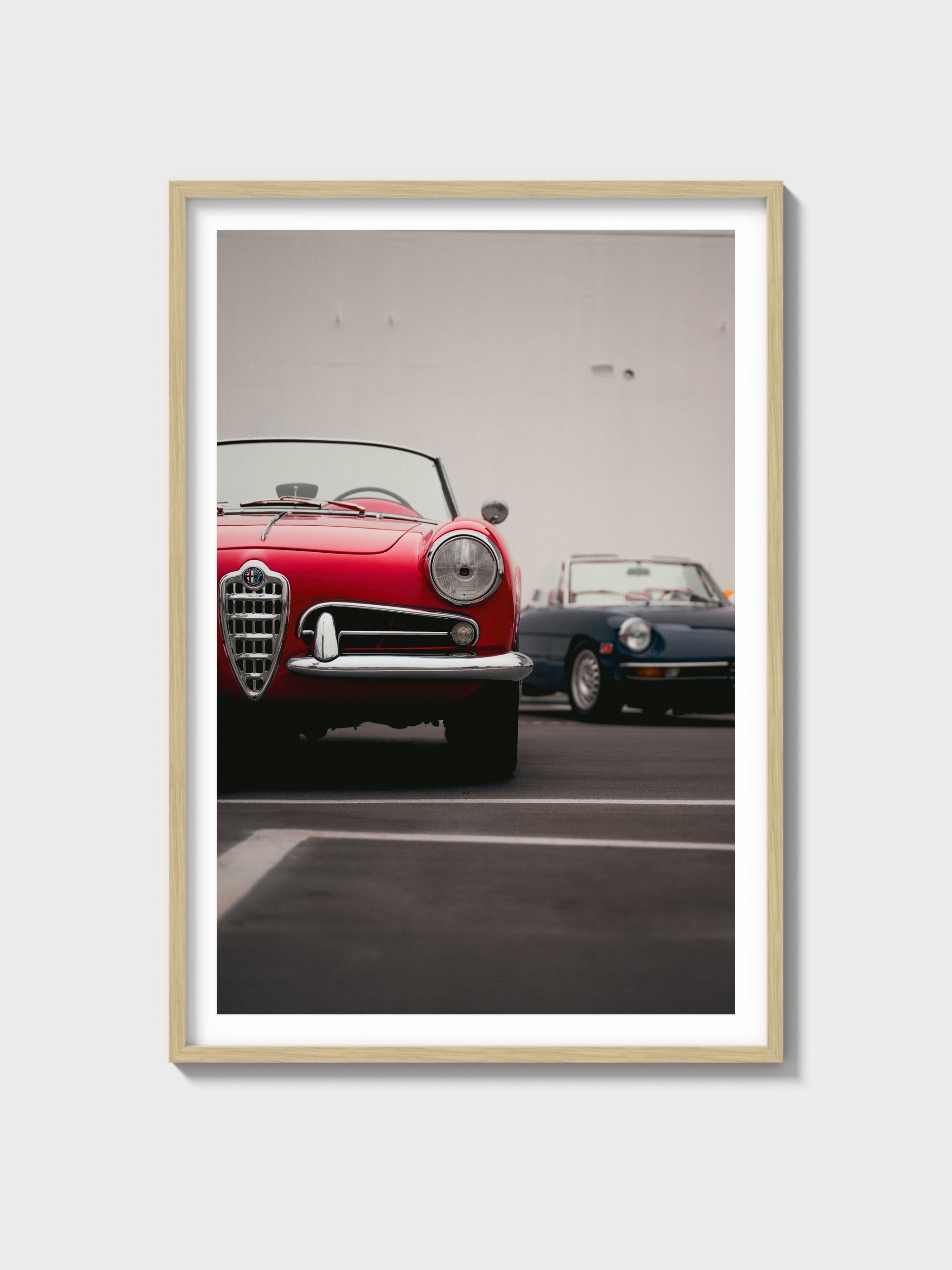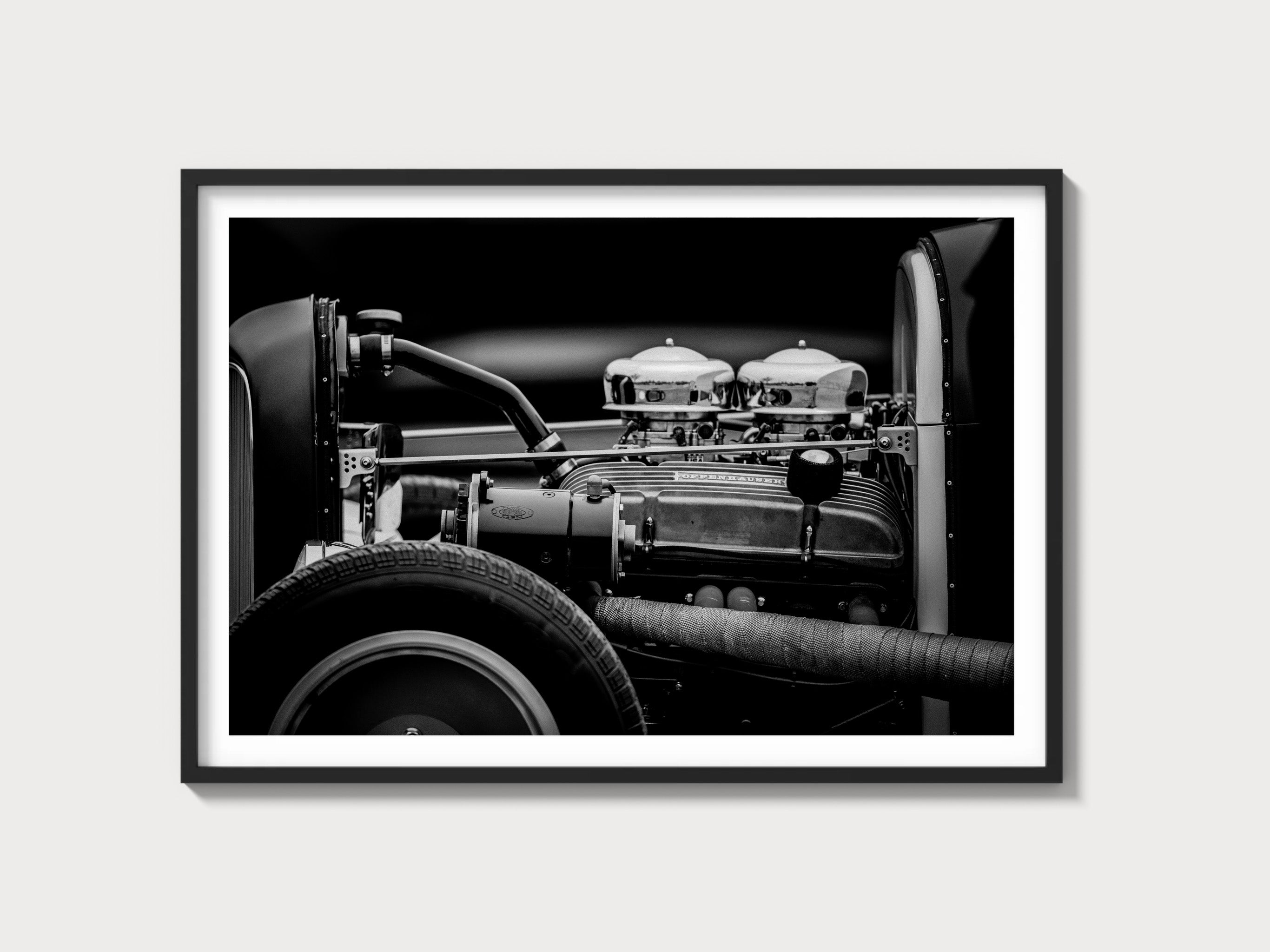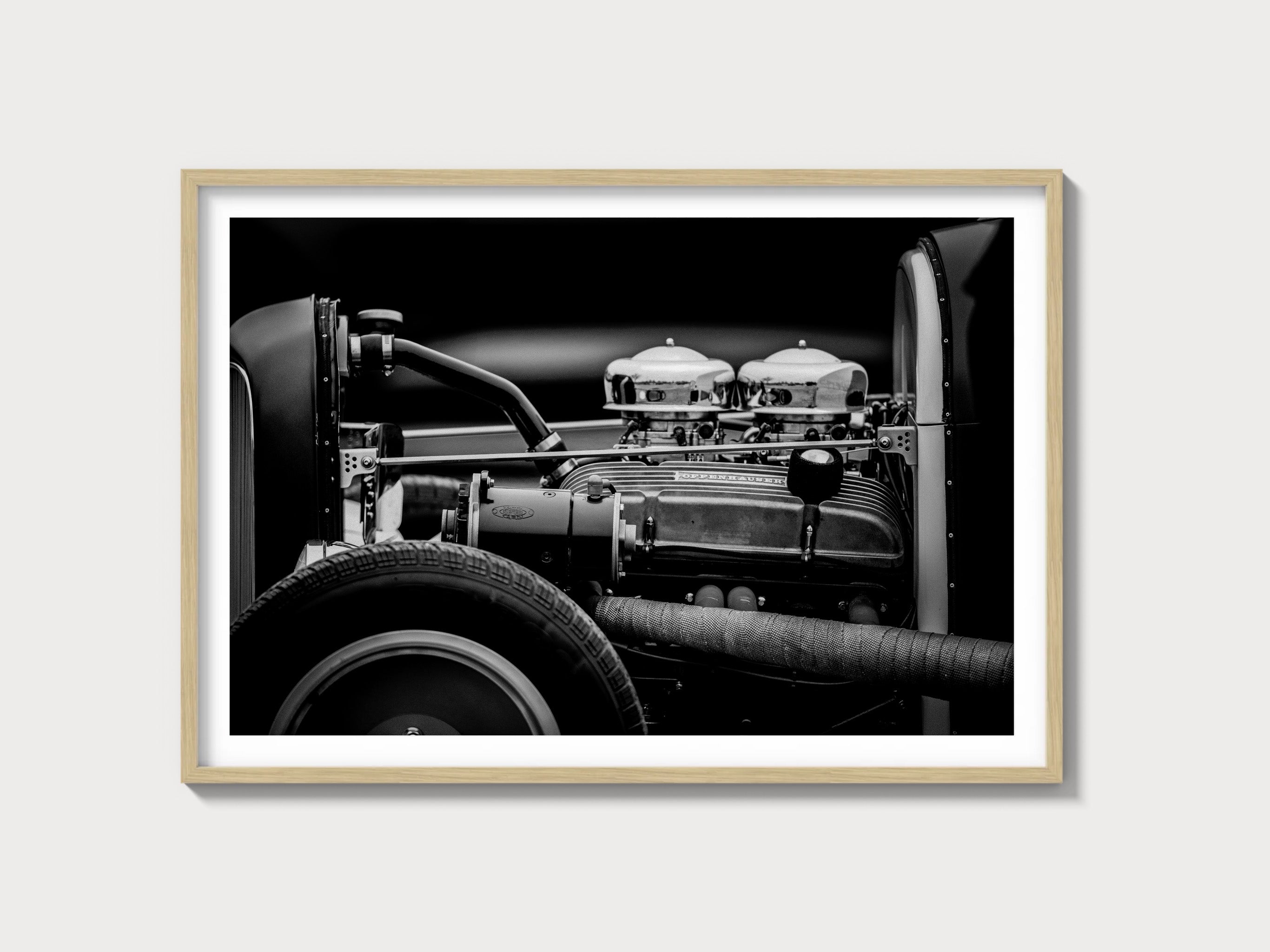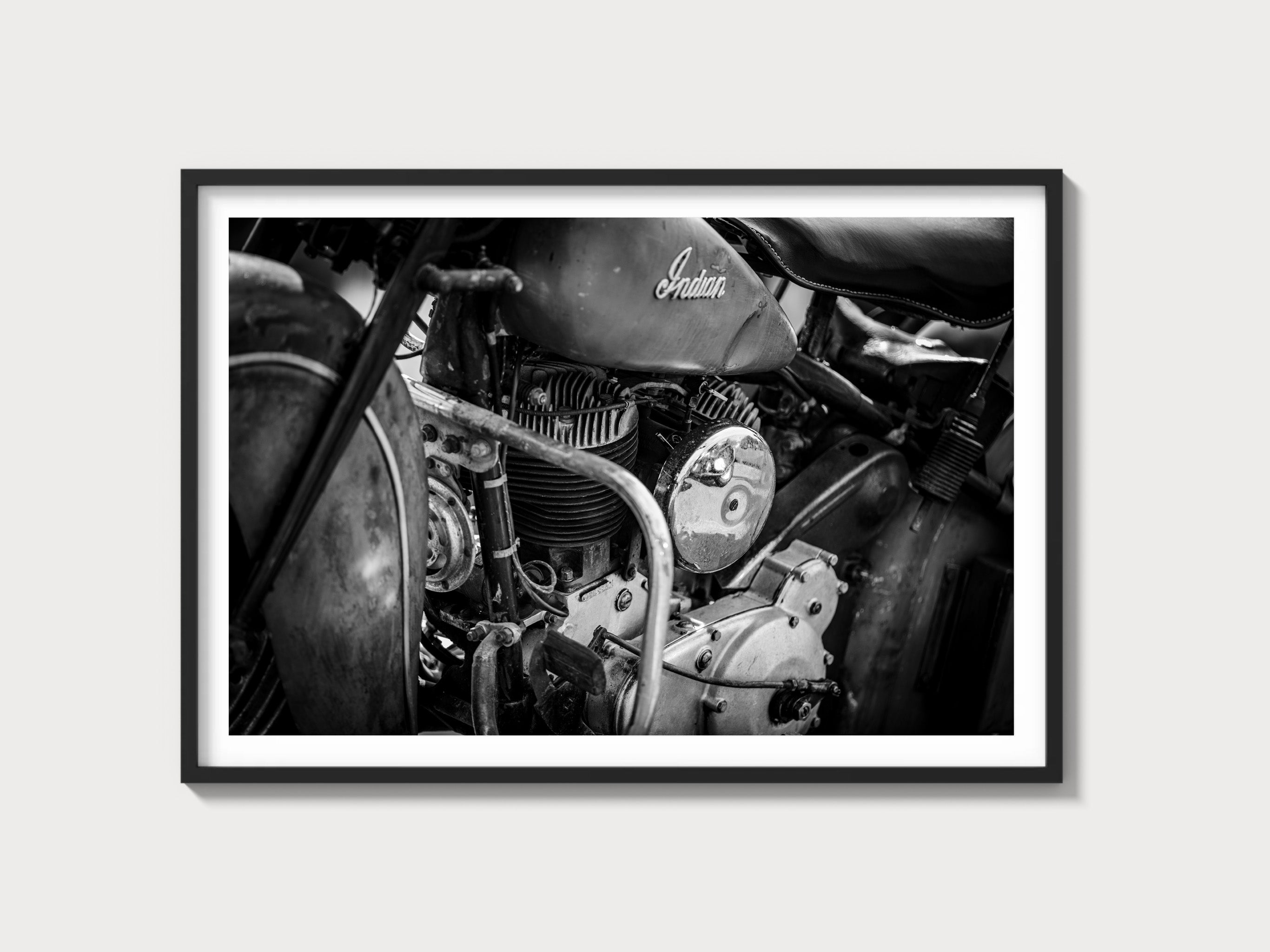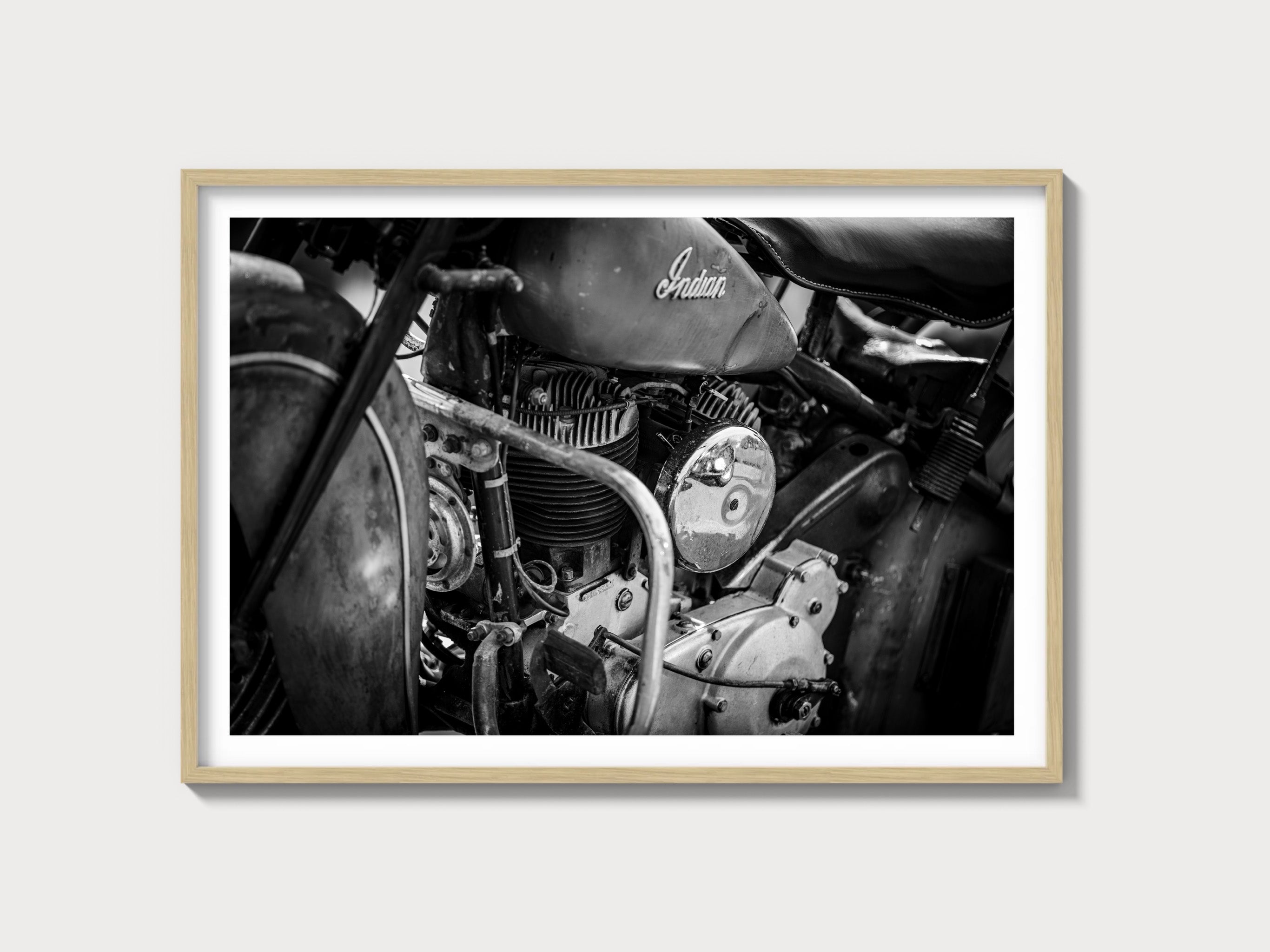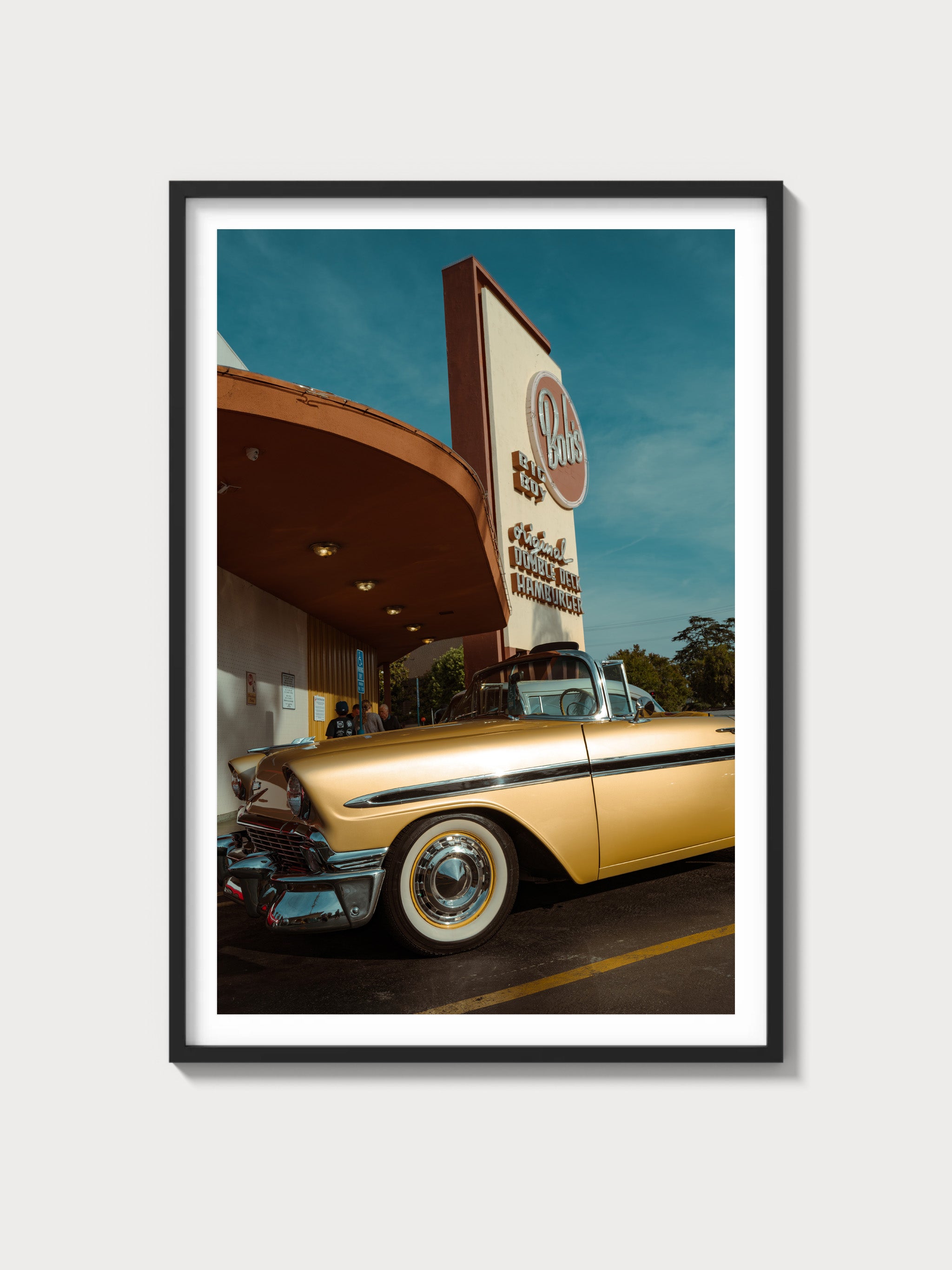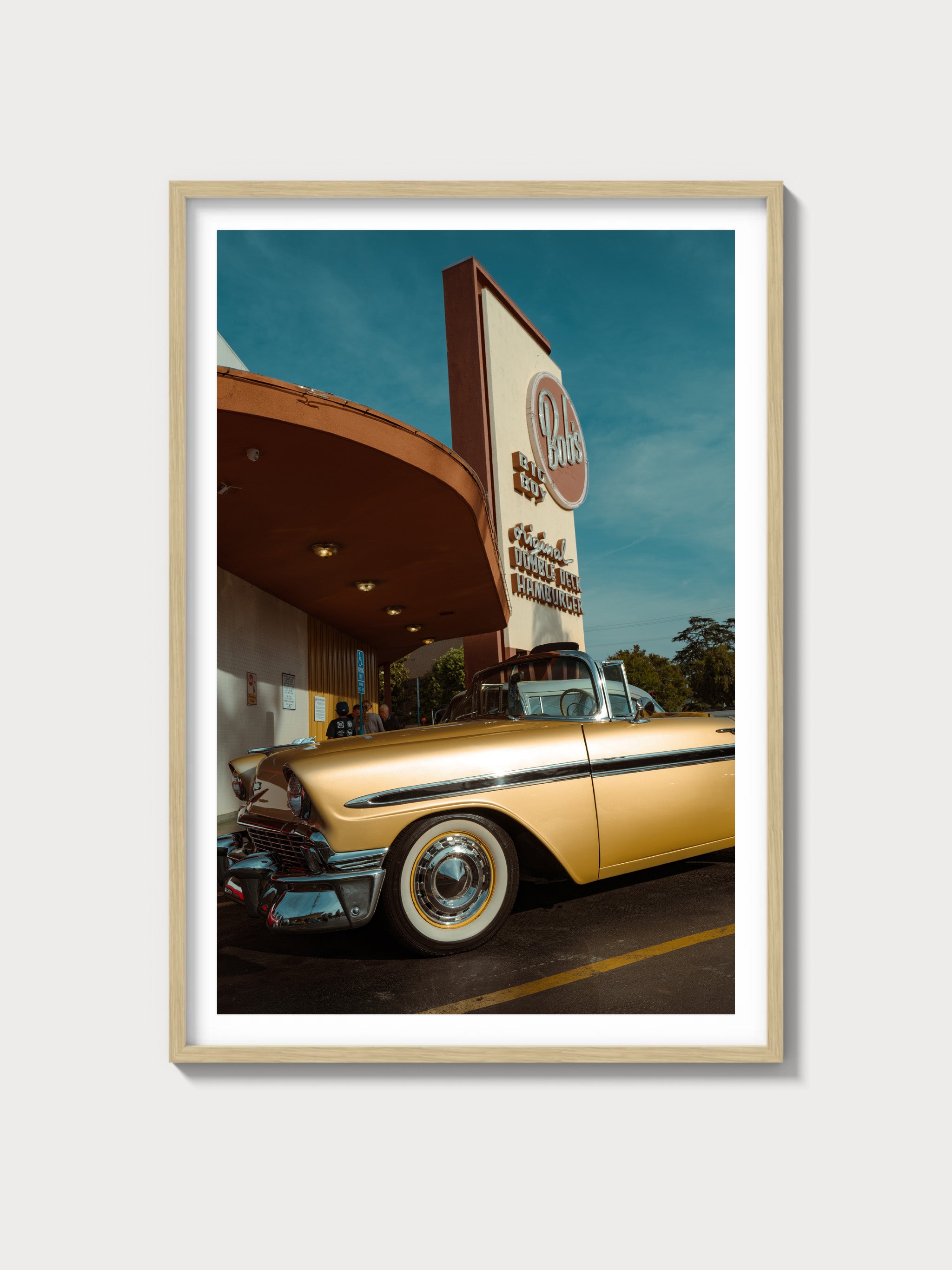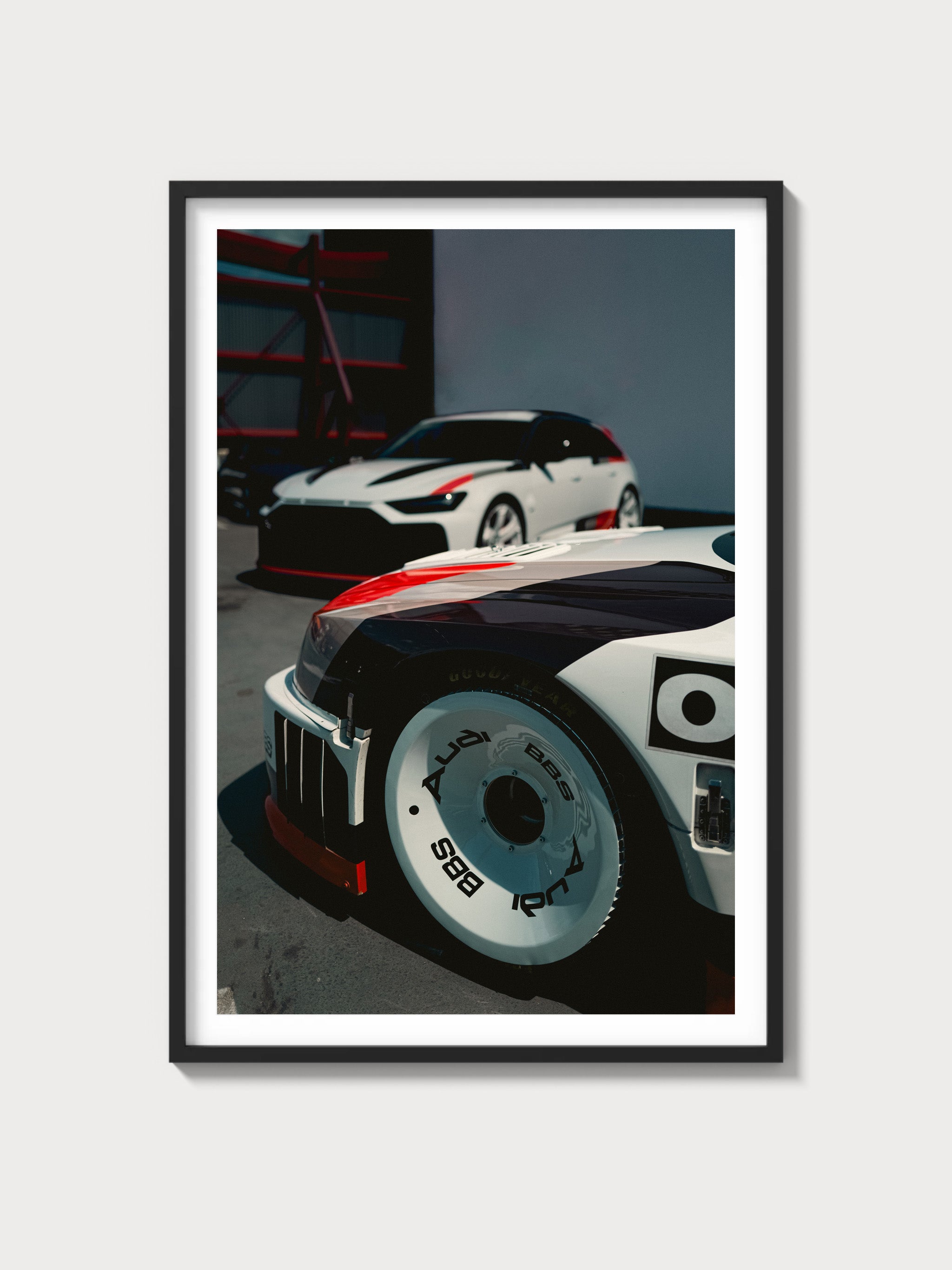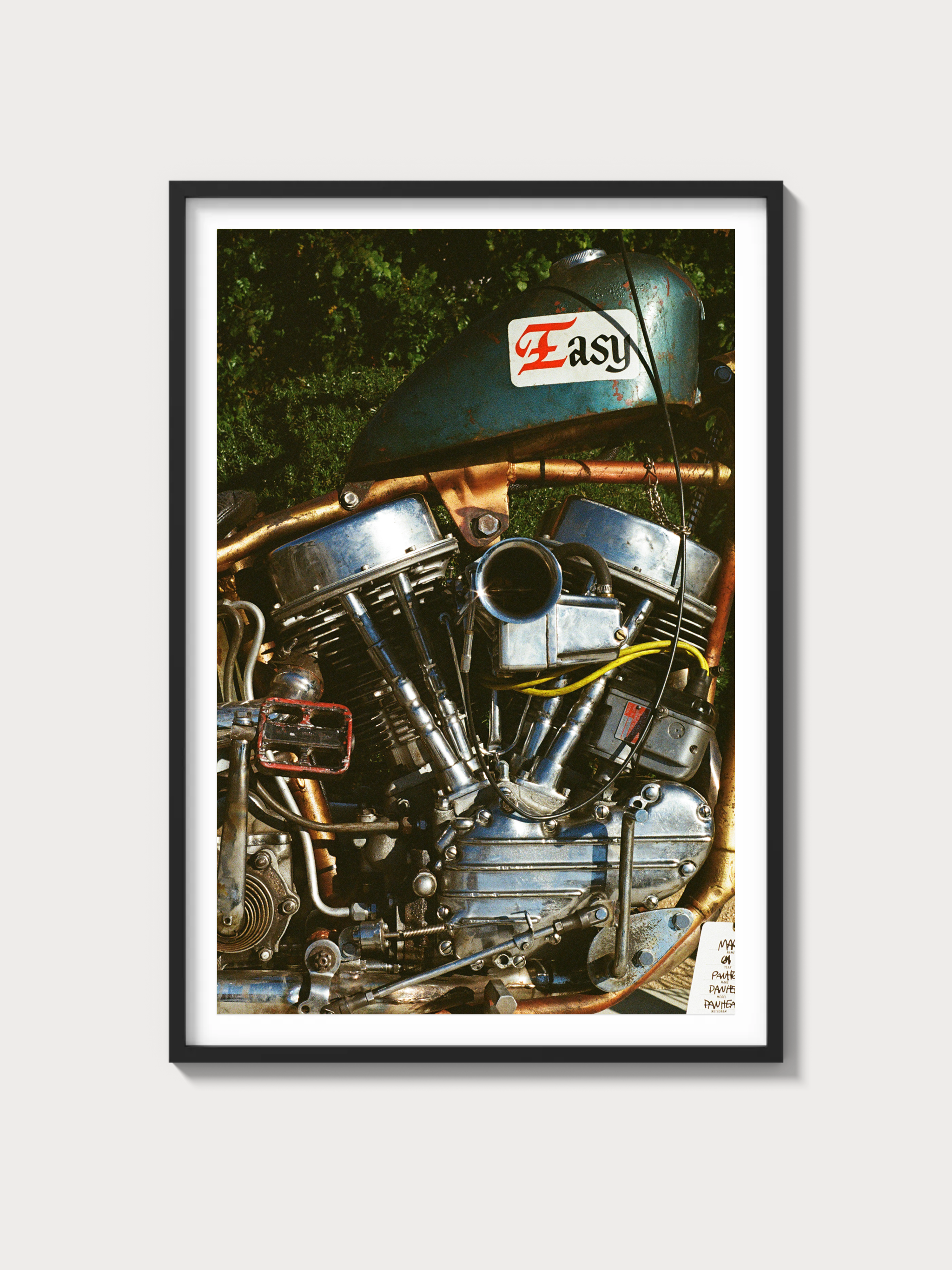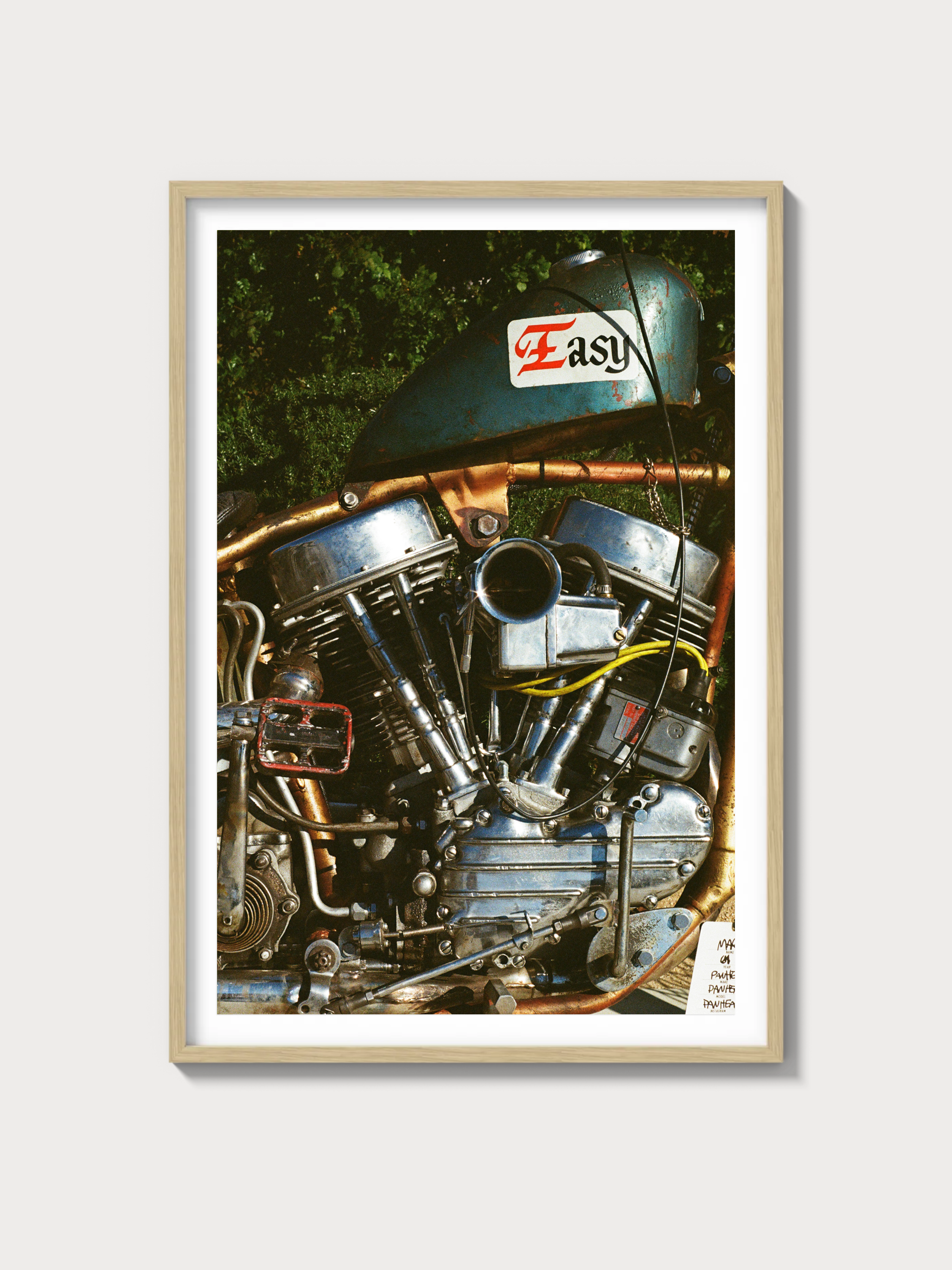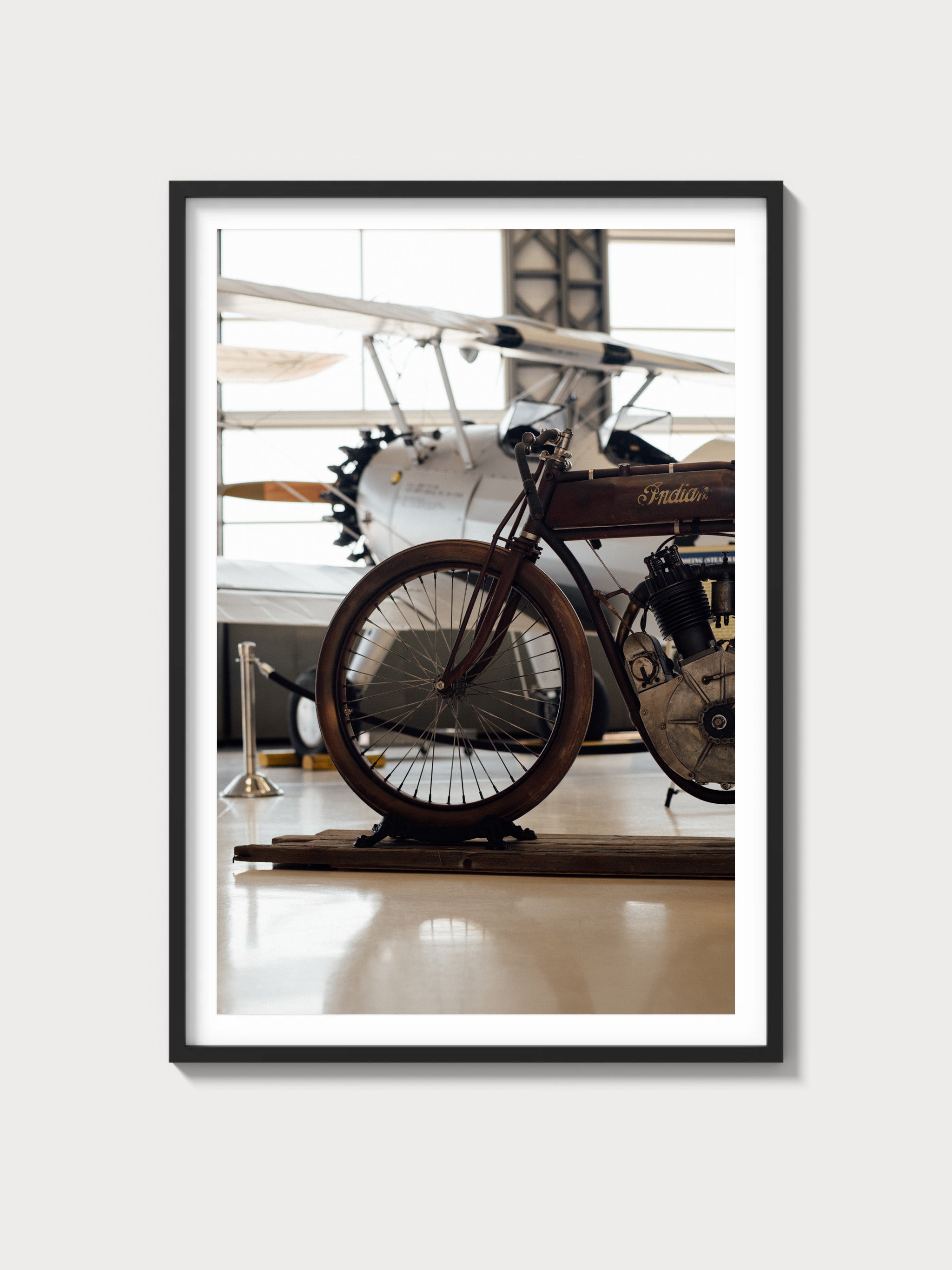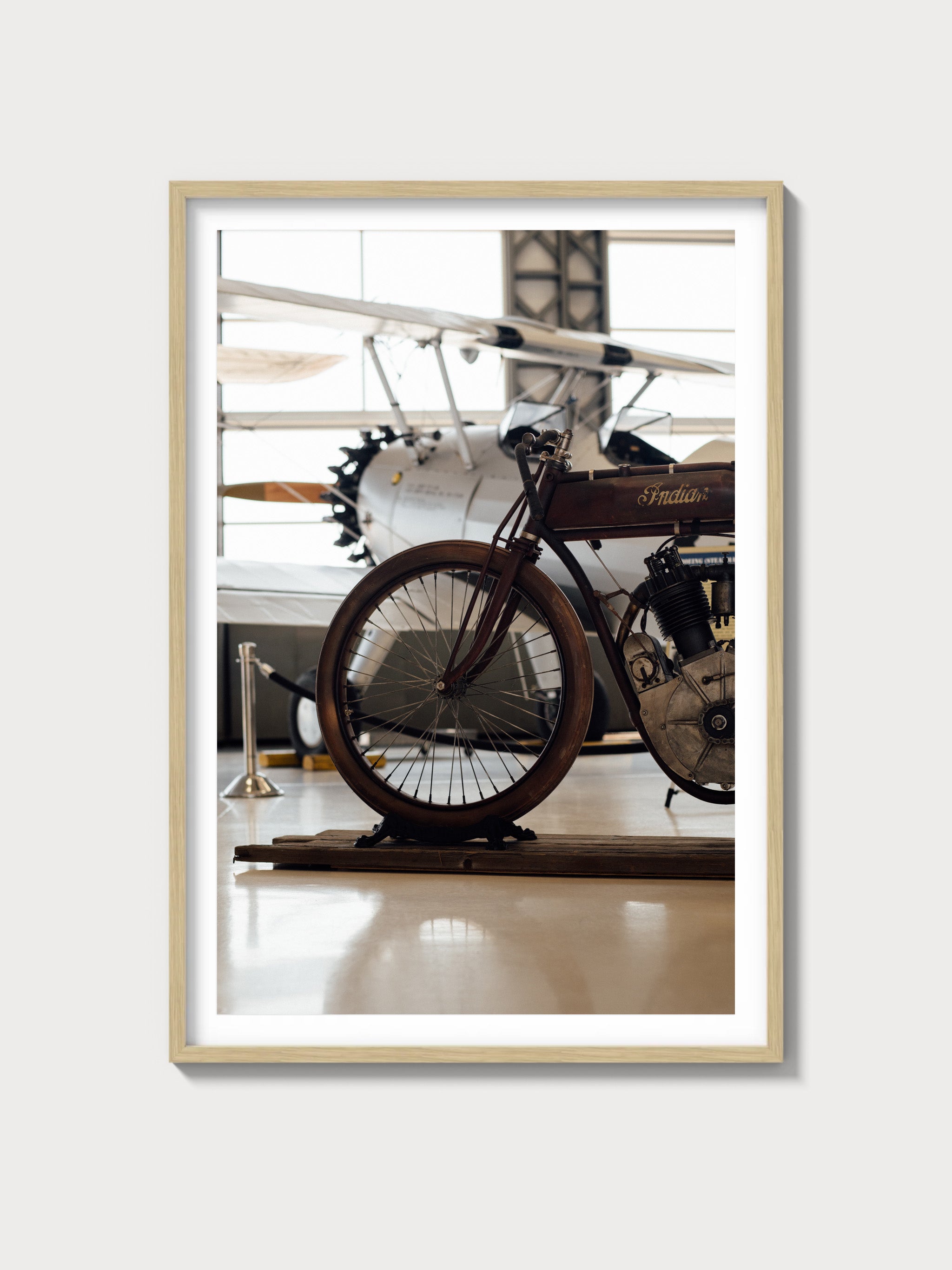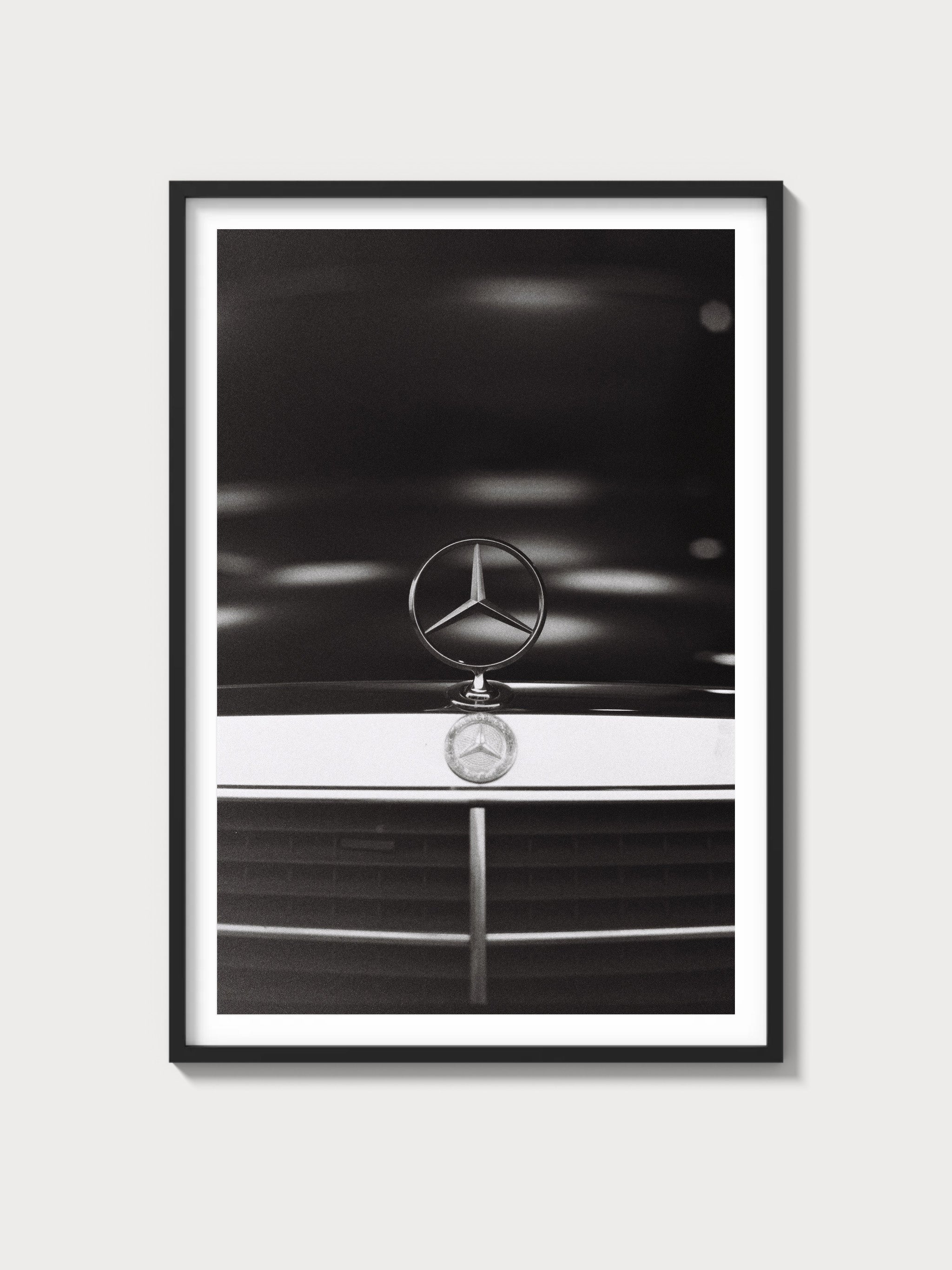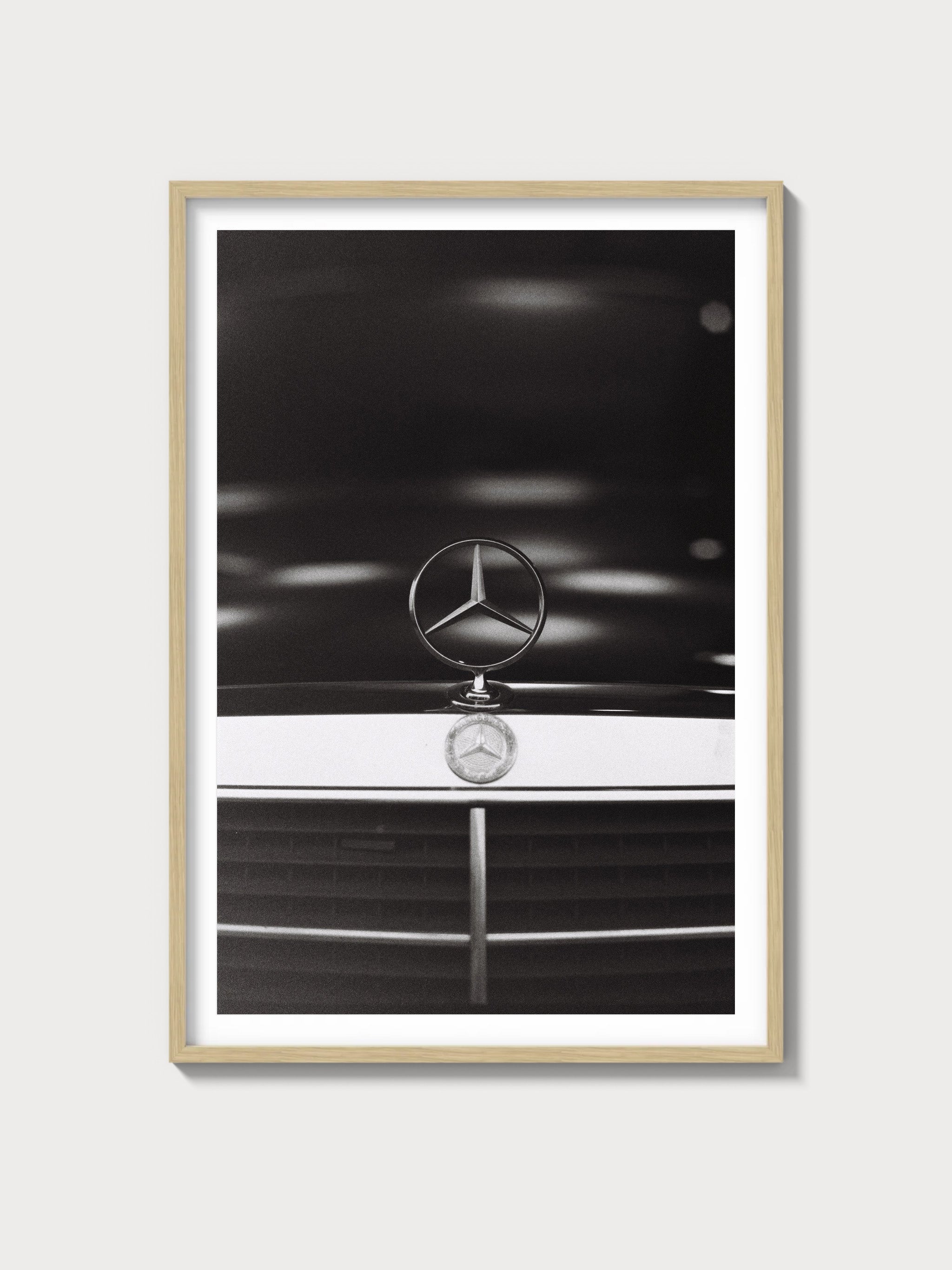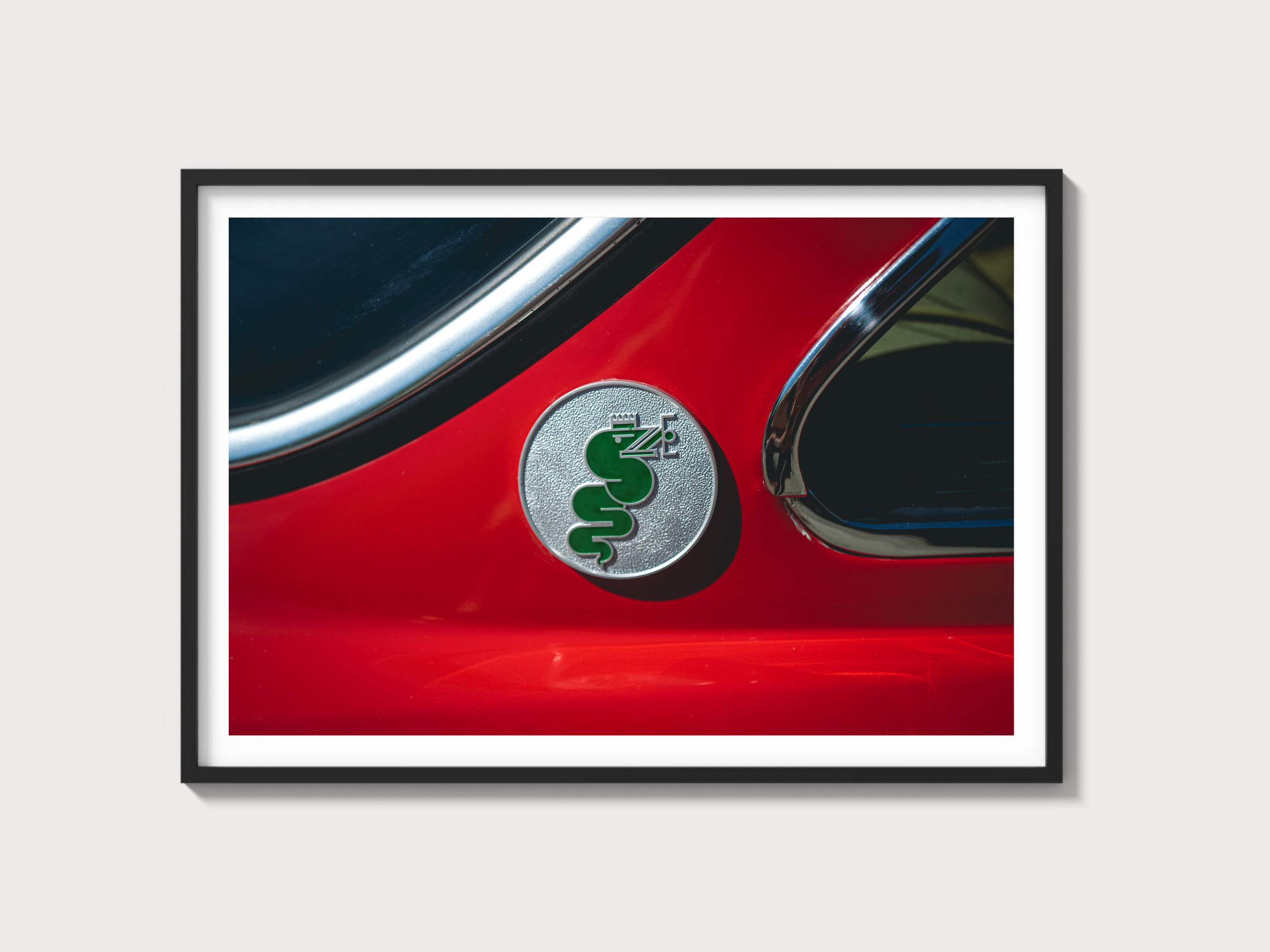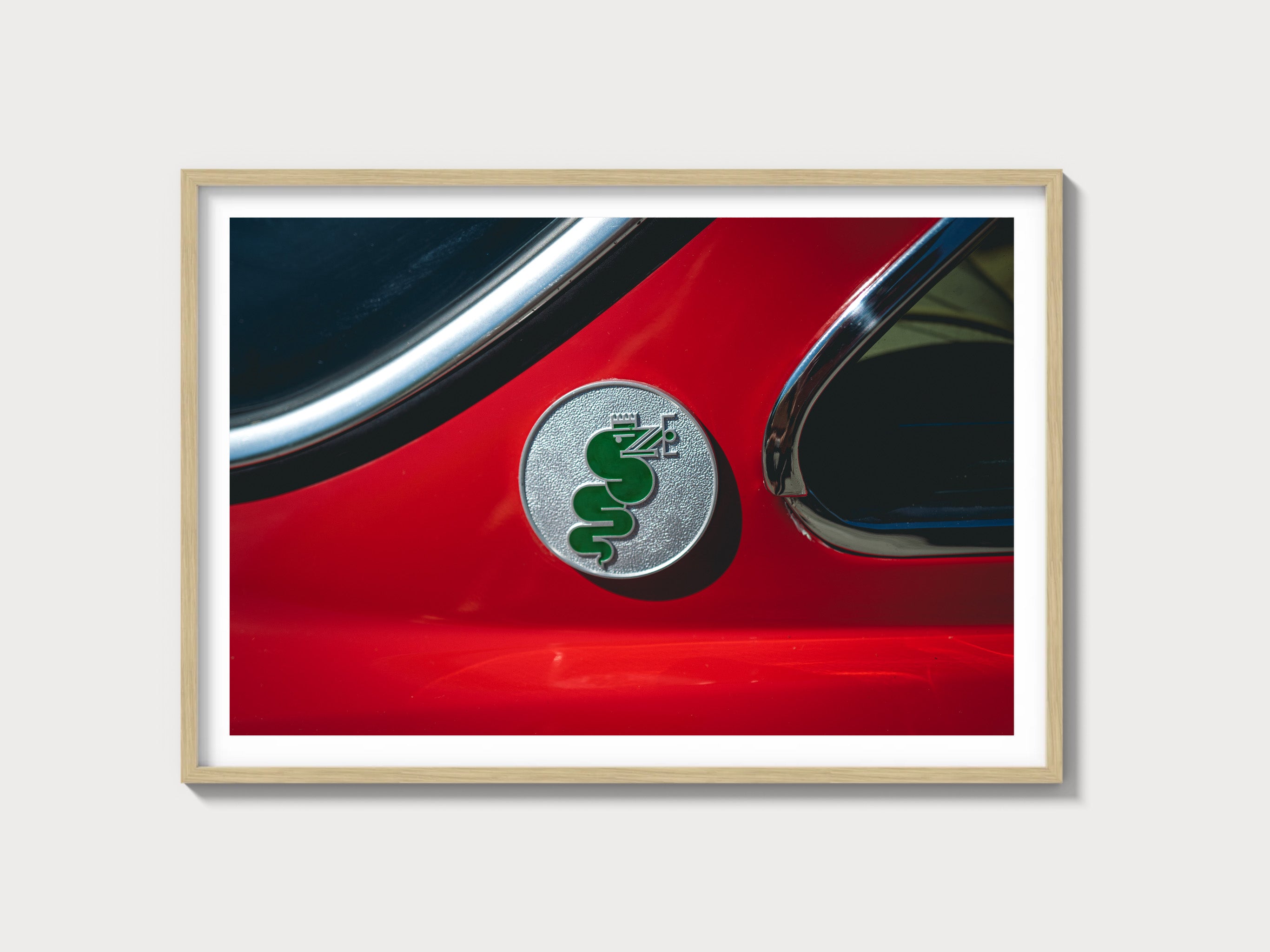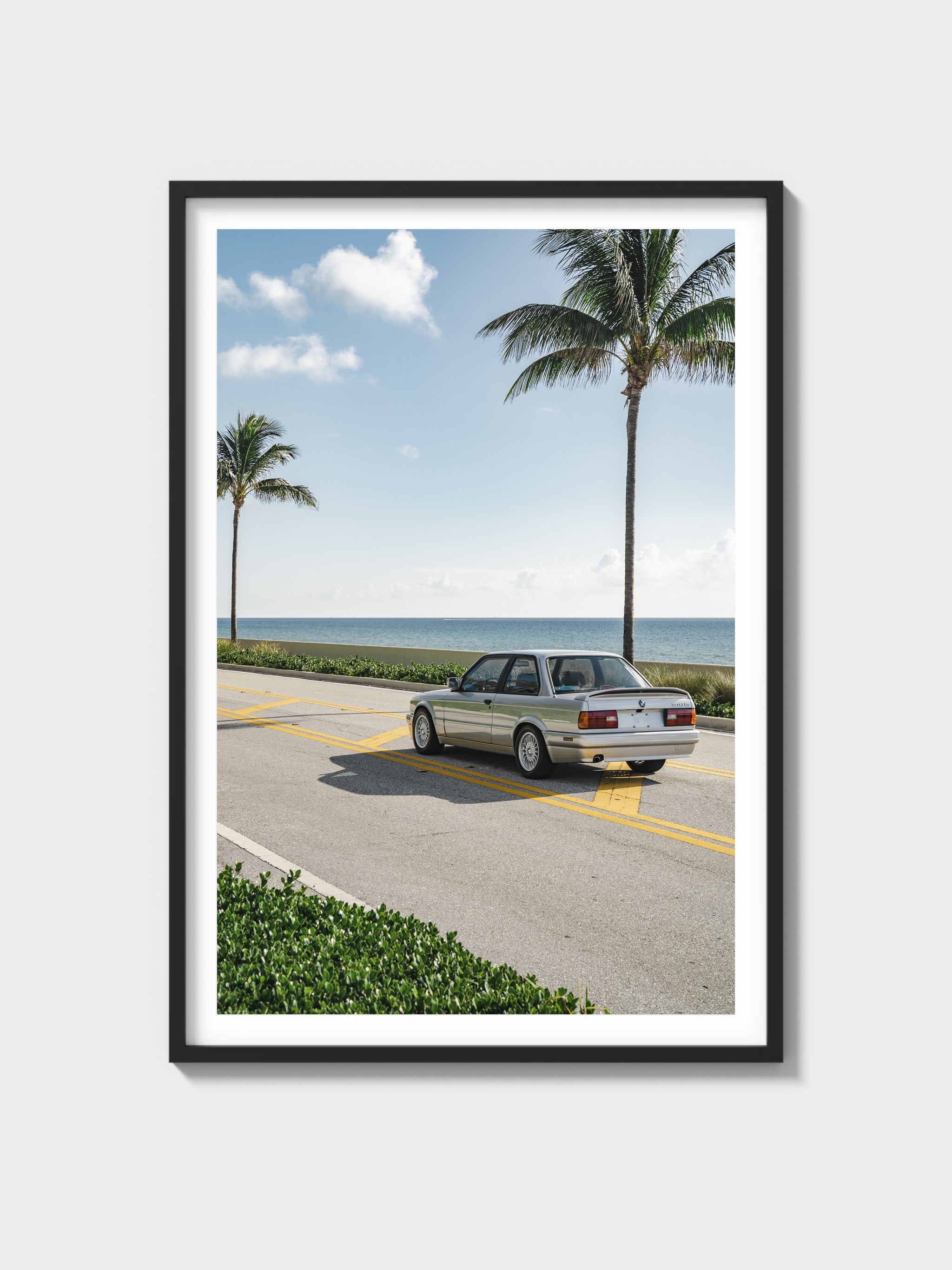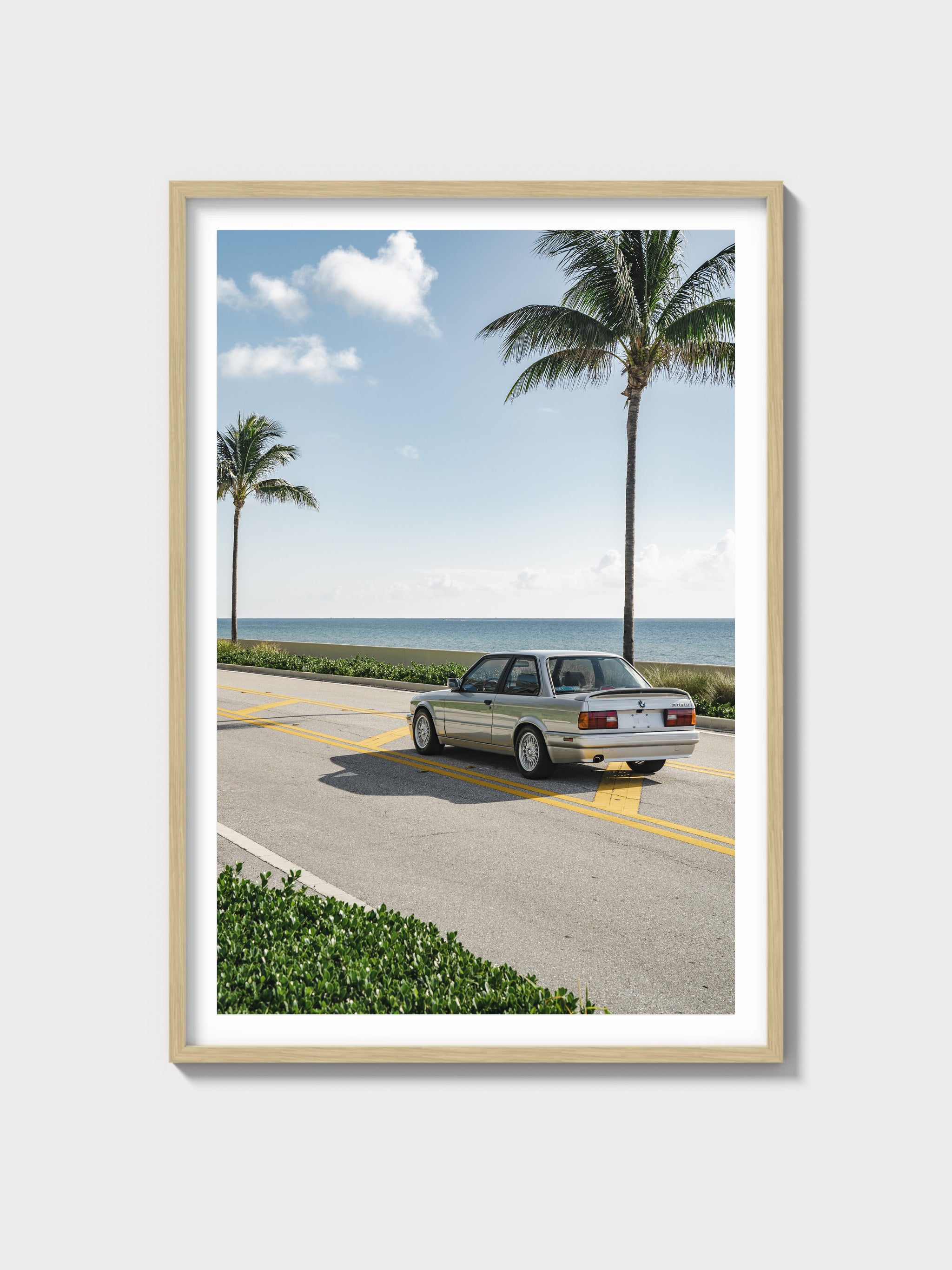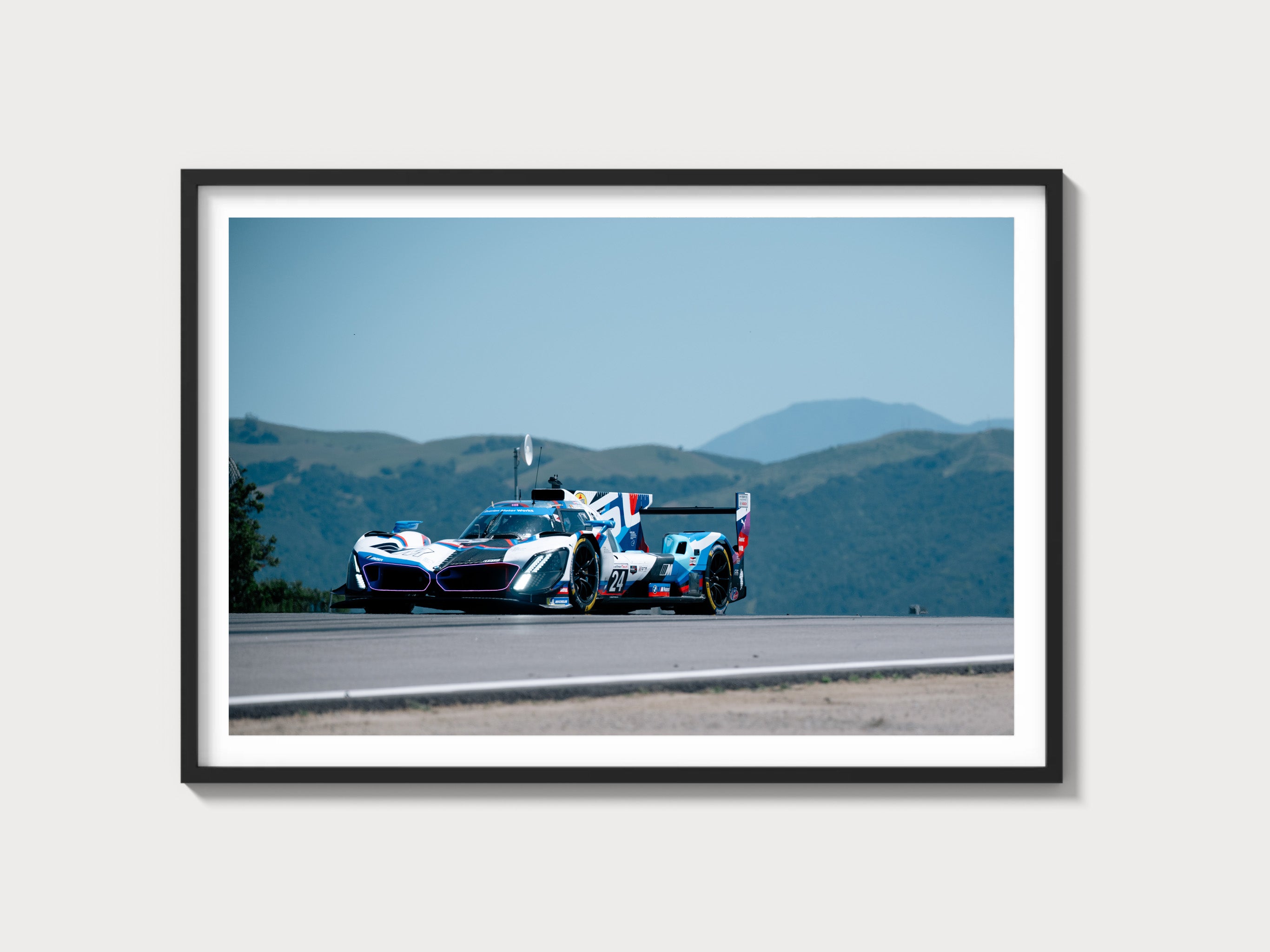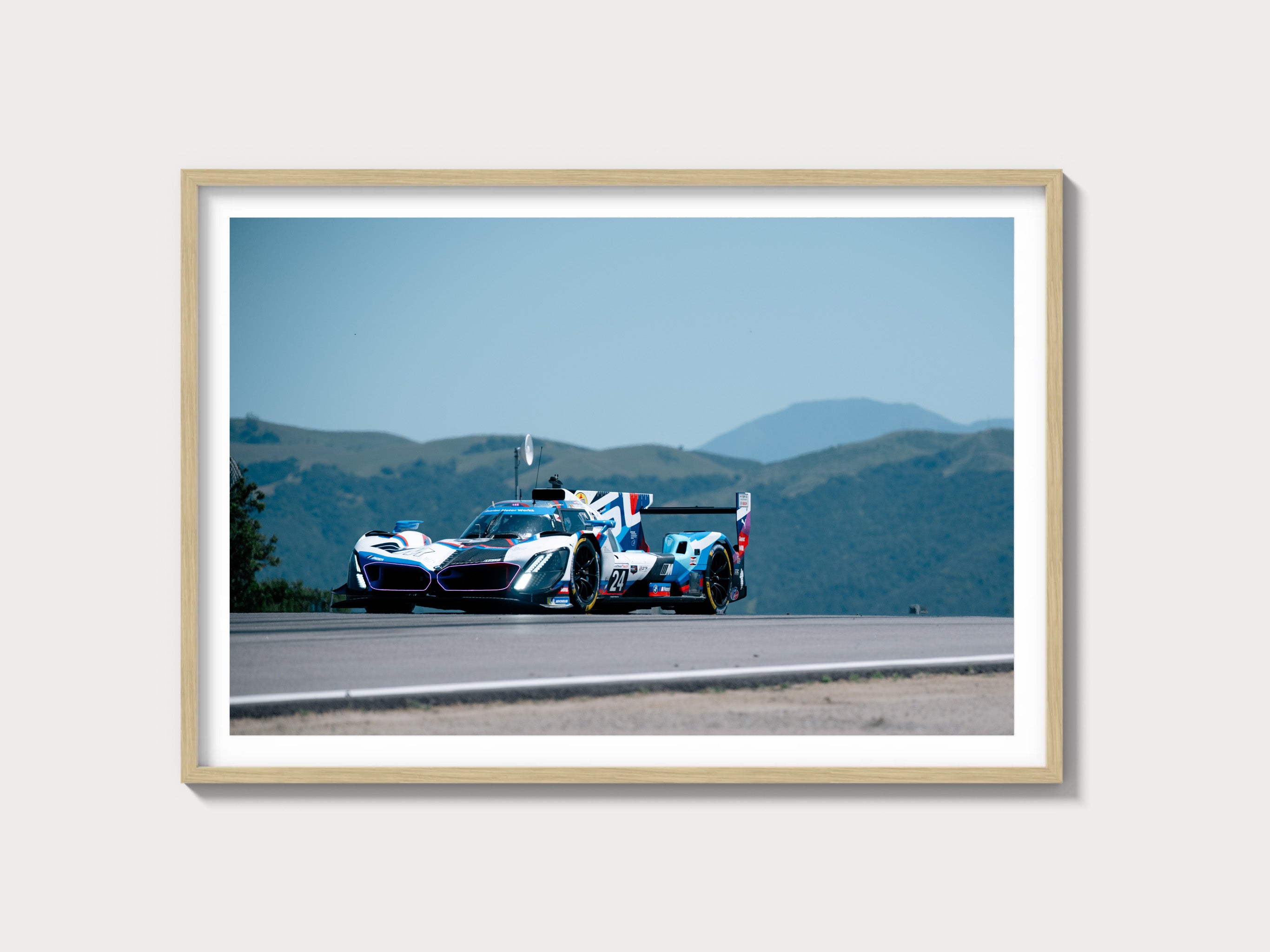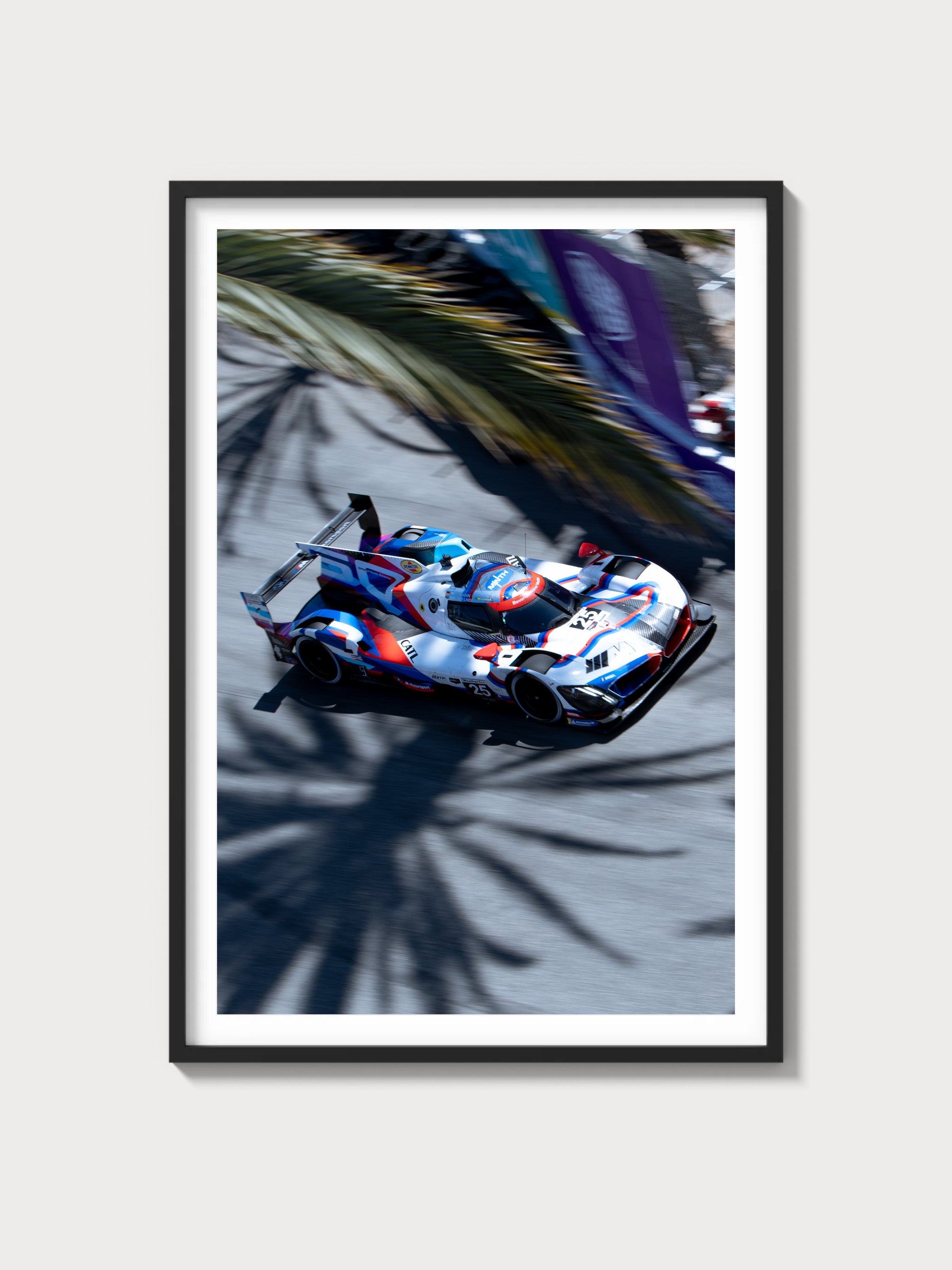1960–1966 Chevrolet C/K Series Base: The First-Gen Blueprint For the Modern Half-Ton
Historical Context and Development Background
Chevrolet’s first-generation C/K trucks (1960–1966) replaced the Task Force series with a clean-sheet approach that set the ride-and-handling template for American pickups. The engineering brief was simple yet ambitious: improve comfort and control without sacrificing payload. The result was a new drop-center ladder frame that sat the cab lower, a lighter, more car-like cab structure, and, on 2WD “C” models, independent front suspension. Chevrolet did not merely chase styling trends; it rethought how a half-ton should feel on the road.
Early trucks (1960–1962) used a torsion-bar independent front suspension on C-series models, an audacious choice in the pickup space. In 1963, Chevrolet revised the front end to a coil-spring short/long-arm design that proved durable and easier to service. At the rear, most 1/2-ton C10s employed coil springs with long trailing arms, a configuration that delivered remarkably composed unladen ride and axle control; leaf springs remained common on heavier-duty variants. Four-wheel-drive K-series, introduced as factory-built rather than conversion packages, used a live front axle with leaf springs.
Design-wise, 1960–1963 trucks wore a wraparound windshield and distinct, sculpted hood forms, while the 1964–1966 facelift brought a flatter windshield, cleaner beltline, and new grille designs. Inside, the Base trim kept things purposeful—painted steel, rubber flooring, and minimal brightwork—while optional appearance and comfort packages layered in padding, trim, and brightwork without changing the bones of the truck.
Competition across the aisle was fierce. Ford’s fourth-generation F-Series (1961–1966) pursued its own vision of passenger-car integration, briefly experimenting with a unibody pickup bed before reverting to a separate bed. Dodge’s Sweptline D-Series delivered crisp styling and stout chassis hardware. In this landscape, Chevrolet’s C/K won devotees on ride comfort and steering precision—virtues that made farm roads and Main Street equally manageable.
Engine and Technical Specifications
The Base configuration typically shipped with a stout inline-six, evolving across the run from the overhead-valve 235 to the more modern seven-main-bearing “Turbo-Thrift” family (230/250) and the heavy-duty 292. The small-block 283 V8 was a period-correct, widely ordered option; the 327 V8 arrived later in the run on select models.
| Engine | Configuration | Displacement | Horsepower (gross) | Induction | Redline | Fuel System | Compression | Bore x Stroke |
|---|---|---|---|---|---|---|---|---|
| 235 I6 (Thriftmaster, early) | OHV inline-six, iron block/head | 235 cu in (3.9 L) | ~135 hp | Naturally aspirated | Not factory-specified | Single-barrel carburetor | Approx. 8.0:1 | 3.5625 in x 3.9375 in |
| 230 I6 (Turbo-Thrift) | OHV inline-six, 7 main bearings | 230 cu in (3.8 L) | ~140 hp | Naturally aspirated | Not factory-specified | Single-barrel carburetor | Approx. 8.5:1 | 3.875 in x 3.25 in |
| 250 I6 (Turbo-Thrift, late) | OHV inline-six, 7 main bearings | 250 cu in (4.1 L) | ~155 hp | Naturally aspirated | Not factory-specified | Single-barrel carburetor | Approx. 8.5:1 | 3.875 in x 3.53 in |
| 283 V8 (small-block) | OHV 90° V8, iron block/head | 283 cu in (4.6 L) | ~160 hp (2-bbl truck spec) | Naturally aspirated | Not factory-specified | 2-barrel carburetor | Approx. 8.5:1 | 3.875 in x 3.00 in |
| 292 I6 (Heavy-duty option) | OHV inline-six, tall-deck | 292 cu in (4.8 L) | ~170 hp | Naturally aspirated | Not factory-specified | Single-barrel carburetor | Approx. 8.5:1 | 3.875 in x 4.125 in |
Driveline pairings included a column-shift 3-speed manual and the stout SM420 4-speed floor-shift with a compound-low first gear; an automatic (Powerglide) became available during the run on light-duty models. Common axle ratios for C10s included the mid-3s to low-4s, chosen to balance payload with cruising speed.
Driving Experience and Handling Dynamics
By period standards, a Base C10 was unusually settled at speed. The independent front suspension gave the steering a precision most rivals lacked, and the coil-sprung trailing-arm rear resisted hop over washboard surfaces. Unladen, the trucks still rode firmly—leaf-sprung heavy-duty models more so—but the chassis responded linearly to inputs. The 235 six delivers quintessential low-speed tractability with a relaxed throttle cadence; the later 230/250 sixes rev a bit more freely and feel smoother above 3,000 rpm. A 283-equipped truck adds midrange punch without turning the C10 into a hot rod, and—paired with the 4-speed—pulls grades with an ease the sixes can’t quite match.
Braking is by drums all around; properly adjusted, the system is predictable, but pedal effort is high by modern norms. Steering is recirculating ball with a relatively slow ratio; the upside is stability. With the SM420, the shift pattern is deliberate and mechanical, encouraging you to use torque rather than revs. Throttle response on carbureted engines is crisp off-idle when mixtures are correct and heat-riser valves aren’t sticking—routine tuning makes a real difference in drivability.
Full Vehicle Specifications and Performance
| Spec | C/K Base (1960–1966) |
|---|---|
| Layout | Front-engine; rear-wheel drive (C) or part-time 4WD (K) |
| Curb Weight | Approx. 3,200–4,200 lb (short-bed 1/2-ton to long-bed/4x4) |
| 0–60 mph | Not factory-rated; varies by engine/axle/tire |
| Top Speed | Factory not published; period tests typically 80–90 mph depending on spec |
| Quarter-Mile | Not factory-rated; varies by engine/axle |
| Front Suspension (C-series) | 1960–62 torsion-bar IFS; 1963–66 coil-spring SLA IFS |
| Rear Suspension (C10) | Coil springs with trailing arms (leaf springs on heavier-duty) |
| Brakes | Drum, manual; power assist optional |
| Transmissions | 3-speed column manual; SM420 4-speed floor manual; 2-speed Powerglide automatic (availability varied by year/engine) |
| Axle Ratios (common) | ~3.73, ~3.90, ~4.11 (varied by engine/series) |
Variant Breakdown: Trims and Body Styles
“Base” denoted the work-ready specification: painted bumpers and grille, rubber floor mat, basic instrumentation, and vinyl bench seating. Chevrolet offered multiple series and beds within the Base level.
| Variant | Drivetrain | Bed/Body | Key Identifiers | Engines (typical) | Production Numbers |
|---|---|---|---|---|---|
| C10 Base (1/2-ton) | 2WD | Stepside (wood floor) or Fleetside (steel floor) | Painted trim; minimal brightwork; small backlight 1960–63, larger 1964–66 | 235/230/250 I6; 283 V8 optional | Not individually published by Chevrolet |
| K10 Base (1/2-ton) | Part-time 4WD | Stepside or Fleetside | Live front axle; higher ride height; transfer-case lever in cab | Sixes as above; 283 V8 commonly ordered | Not individually published by Chevrolet |
| C20 Base (3/4-ton) | 2WD | Long bed; heavier springs | 8-lug wheels on heavy-duty; stouter frame sections | Sixes incl. 292; 283/327 available later | Not individually published by Chevrolet |
| K20 Base (3/4-ton) | Part-time 4WD | Long bed | Leaf-sprung both ends; 8-lug | Sixes or small-block V8s (availability varied) | Not individually published by Chevrolet |
| Appearance/Comfort Packages | — | Cab/bed unchanged | Additional brightwork, trim, seat/upholstery upgrades | No mechanical change | Not applicable |
Ownership Notes: Maintenance, Parts, and Restoration
- Engine care: All engines use flat-tappet cams; correct zinc/phosphorus content in oil is advisable after rebuilds. Valve adjustments on the sixes should be performed per the shop manual intervals. Carb heat-riser valves and choke pull-offs need seasonal attention.
- Ignition and charging: Early trucks used generators; later trucks switched to alternators. Points ignition requires periodic dwell/timing checks. Weak grounds are a common source of electrical gremlins.
- Chassis and suspension: On 1960–1962 C10s, inspect torsion-bar anchors, control arm bushings, and crossmember mounts. On coil-sprung C10s, look closely at the trailing-arm crossmember for cracking around the differential mount, especially on trucks that towed or hauled heavily.
- Rust watchpoints: Cab corners, rocker panels, floor pans, lower fenders, windshield and backlight channels (especially 1960–1963 wraparound), and the rear frame kick-up. Wood bed floors (Stepside) often need complete replacement.
- Brakes and steering: Drums require frequent adjustment for best performance; consider fresh flex hoses and quality linings. Steering gears develop play if never rebuilt—adjustments help, but wear eventually demands overhaul.
- Service intervals: Oil and filter every few thousand miles, chassis lubrication at regular intervals (grease fittings abound), and gear oil checks in the differential and manual transmissions.
- Parts availability: Mechanical parts are broadly available; trim is year-specific in places (grilles, bezels, interior brightwork), so factor hunting/restoration time into project planning.
- Restoration difficulty: Bodywork and rust repair typically dictate budget and timeline. The mechanicals are straightforward, but proper panel alignment and correct trim differences between 1960–1963 and 1964–1966 require careful research.
Cultural Relevance and Market Perspective
First-gen C/K trucks have become staples in the American vernacular—farm implements turned style icons. Their straightforward construction and honest proportions made them fixtures in period advertising and, later, in film and television depictions of small-town America. In the collector sphere, originality and specification drive demand: short-bed Fleetside and Stepside C10s with factory small-block power tend to command stronger interest, while work-spec Base trucks, accurately restored, are valued for their authenticity. Tasteful upgrades—period-correct wheels, axle ratios that calm highway revs, and discreet brake improvements—are common on drivers that remain visually faithful to stock.
At auction, well-presented stock examples are distinct from custom or restomod builds; the former appeal to purists, the latter to buyers seeking modern performance wrapped in mid-century sheetmetal. Factory four-wheel-drive K-series models, particularly in clean, unlifted condition, attract attention thanks to their relative scarcity compared with C10s.
FAQs
What engines were available on the Base first-gen C/K?
Typical Base trucks carried an inline-six: early 235, followed by the 230 and 250, with the heavy-duty 292 available on certain series. The 283 small-block V8 was a period option across much of the run; the 327 V8 arrived later on select models.
How quick are these trucks?
Chevrolet did not publish 0–60 or quarter-mile figures. Period tests of light, small-block-equipped C10s indicate top speeds in the neighborhood of 80–90 mph, highly dependent on axle ratio, tires, and engine.
What are known problem areas?
Rust at cab corners and rockers, cracking around the C10 trailing-arm crossmember, worn kingpins/ball joints and bushings, steering box play, and tired drum brakes. On 1960–1962 torsion-bar trucks, inspect anchors and crossmembers carefully.
Which is more collectible: Stepside or Fleetside?
Short-bed Fleetsides and Stepsides are both sought after; specification, originality, and condition trump bed style. Factory V8 power and four-wheel-drive raise interest.
Are parts easy to find?
Mechanical parts are widely supported. Year-specific trim and certain cab pieces (especially 1960–1963) can take longer to source in correct condition.
What transmissions were offered?
A 3-speed column-shift manual, the SM420 4-speed floor-shift with a compound-low first gear, and a 2-speed Powerglide automatic (availability varied by year and engine) on light-duty models.
How does the Base trim differ from higher trims?
Base trucks have painted bumpers/grille, rubber flooring, and minimal brightwork. Appearance/comfort packages added upholstery and exterior trim without changing mechanicals.
What axle ratios are common, and how do they affect cruising?
Ratios around 3.73–4.11 are typical; numerically higher gears aid towing/hauling but raise highway rpm. Many owners tailor gearing to use case.

